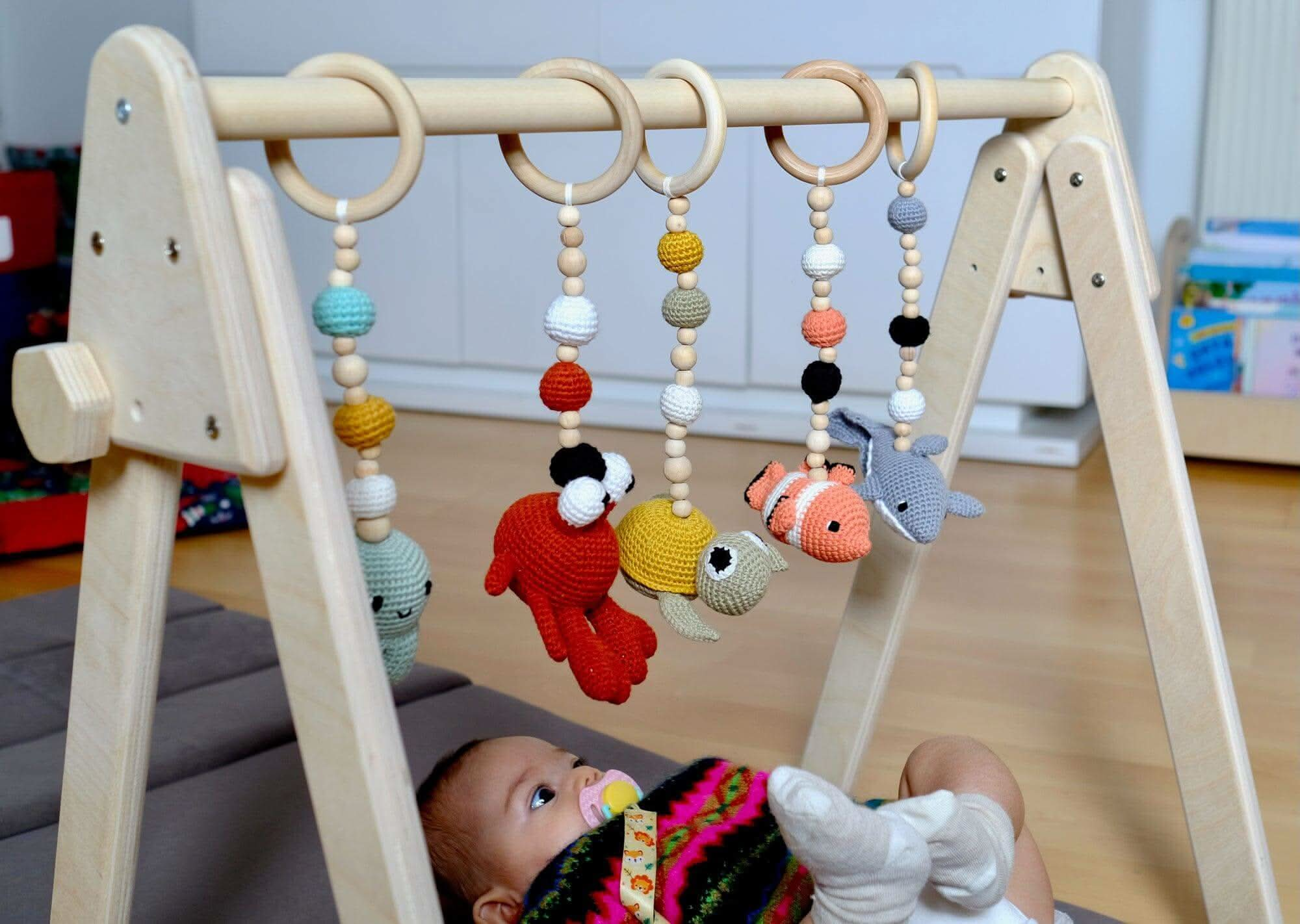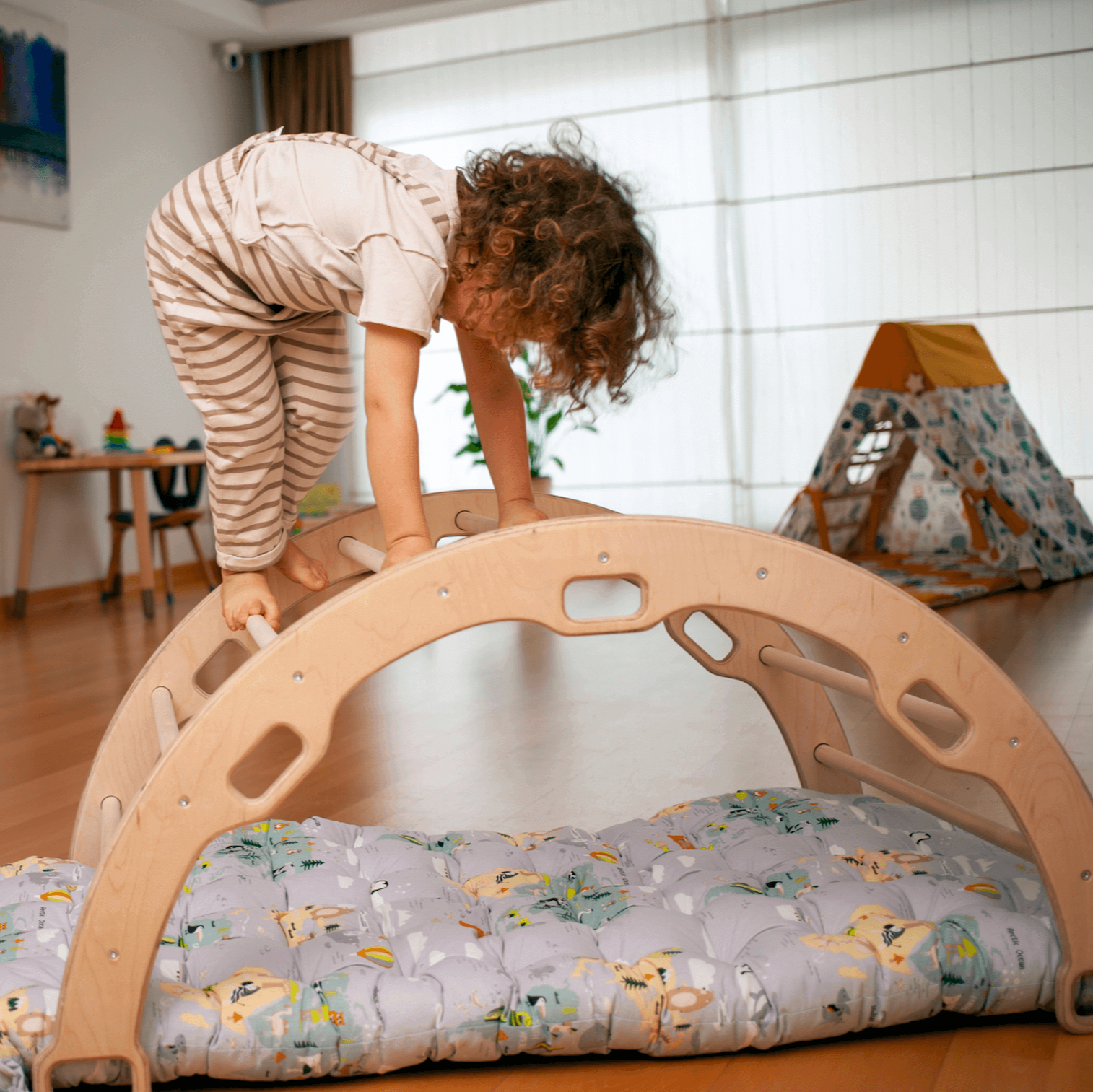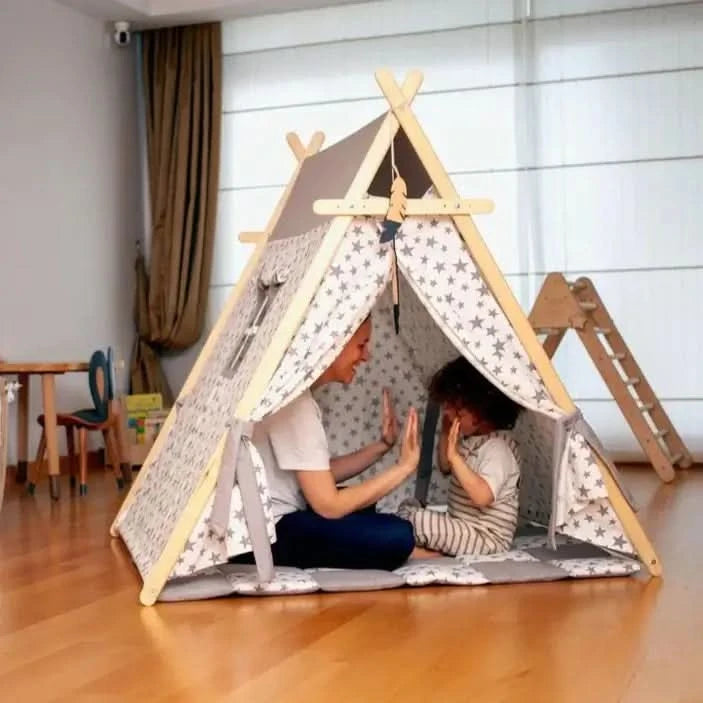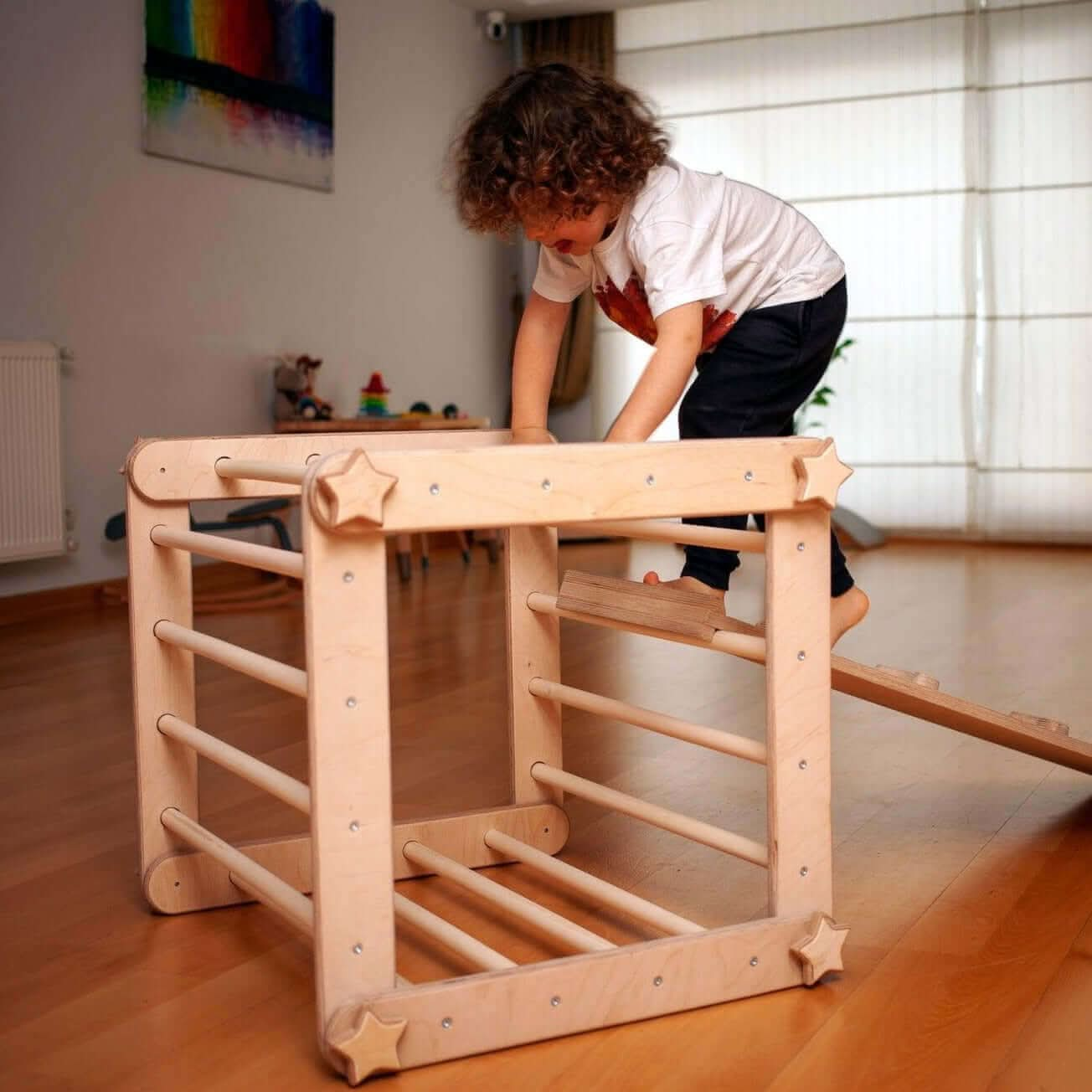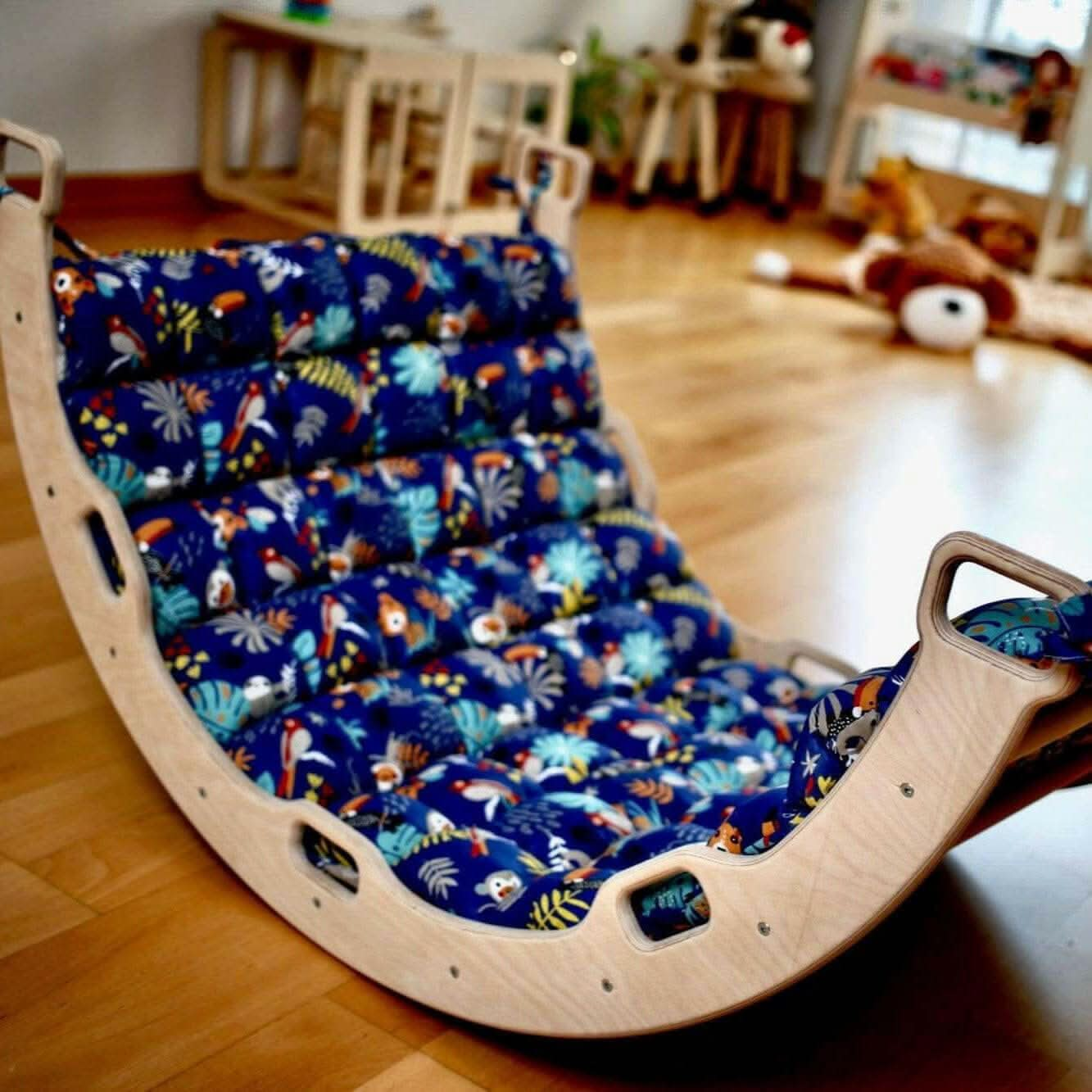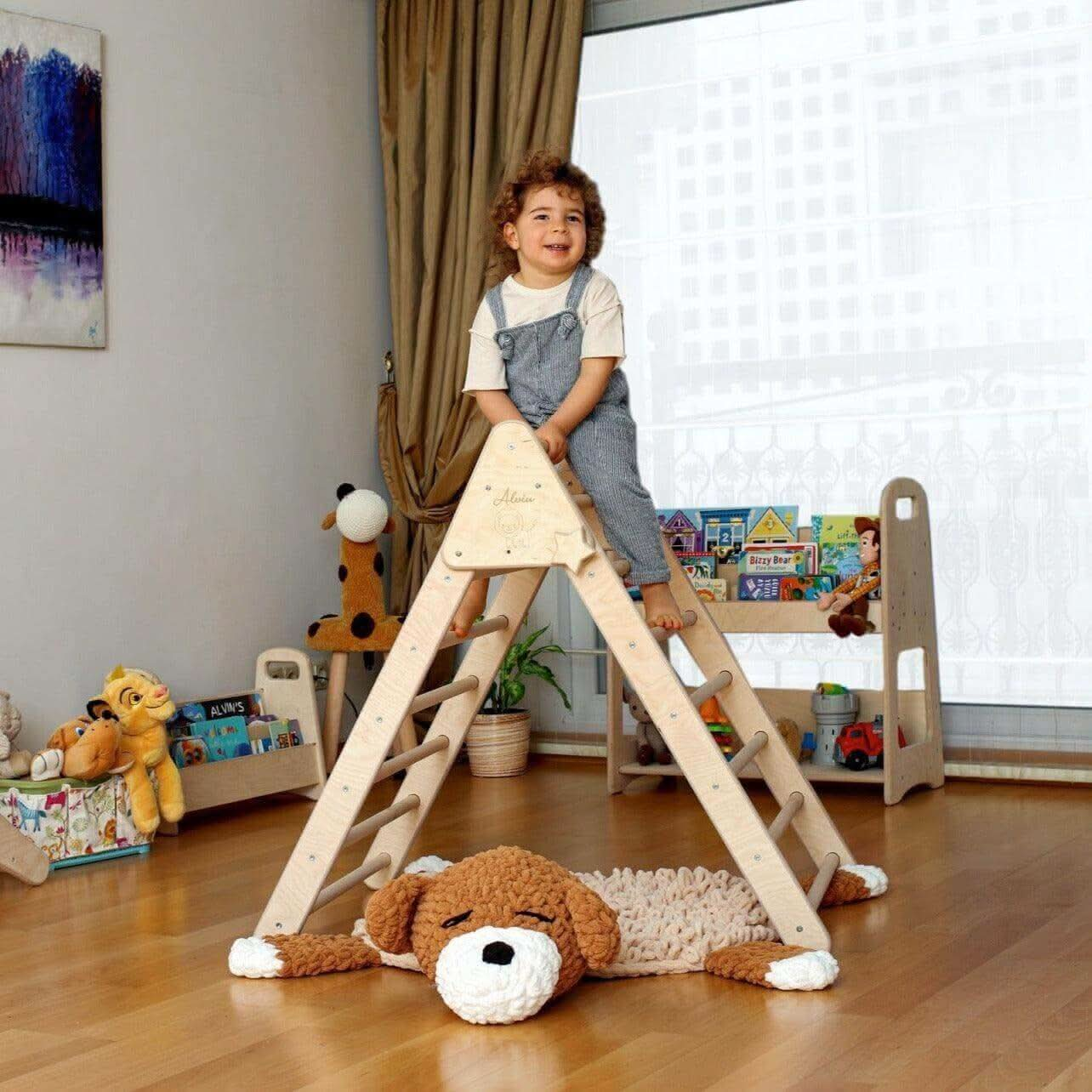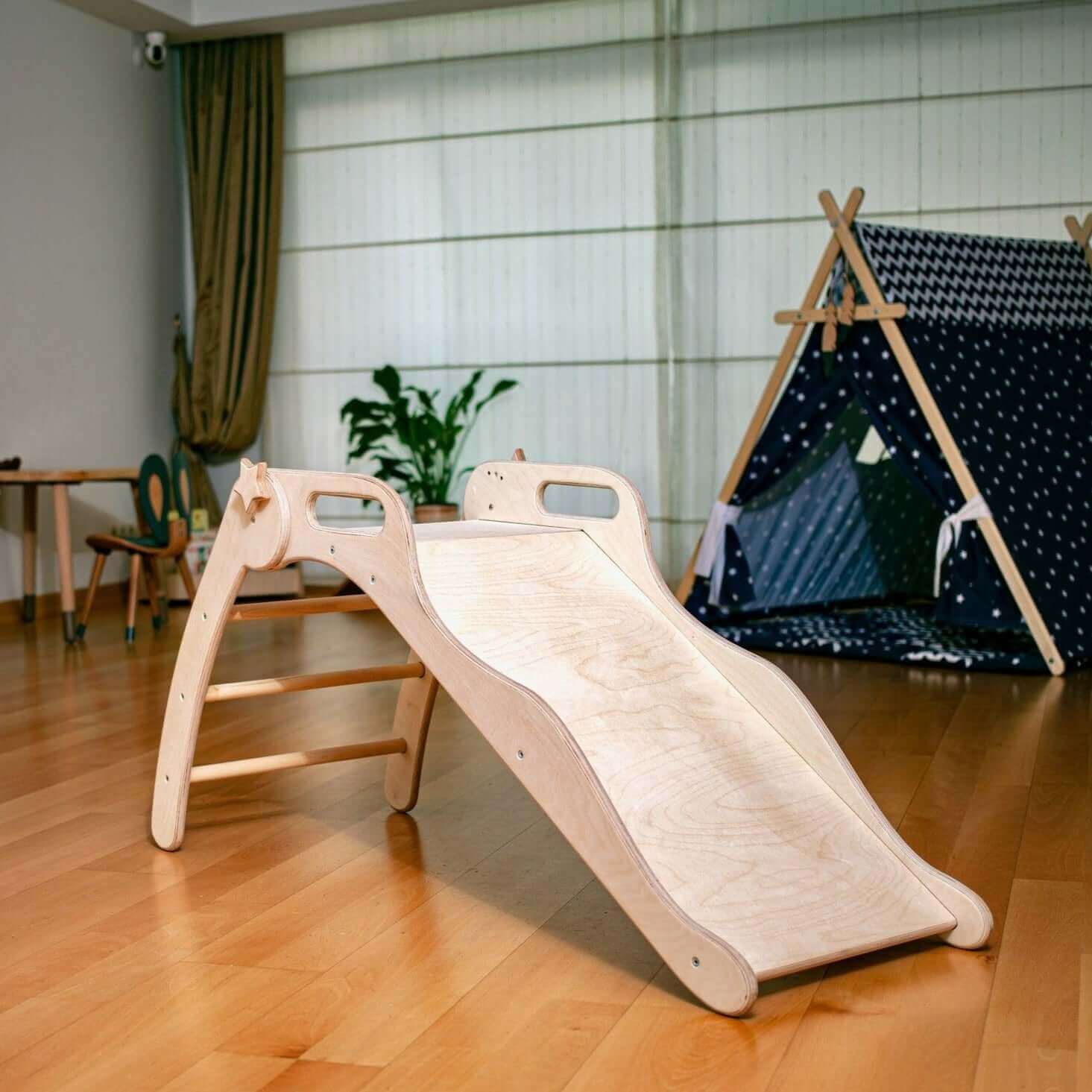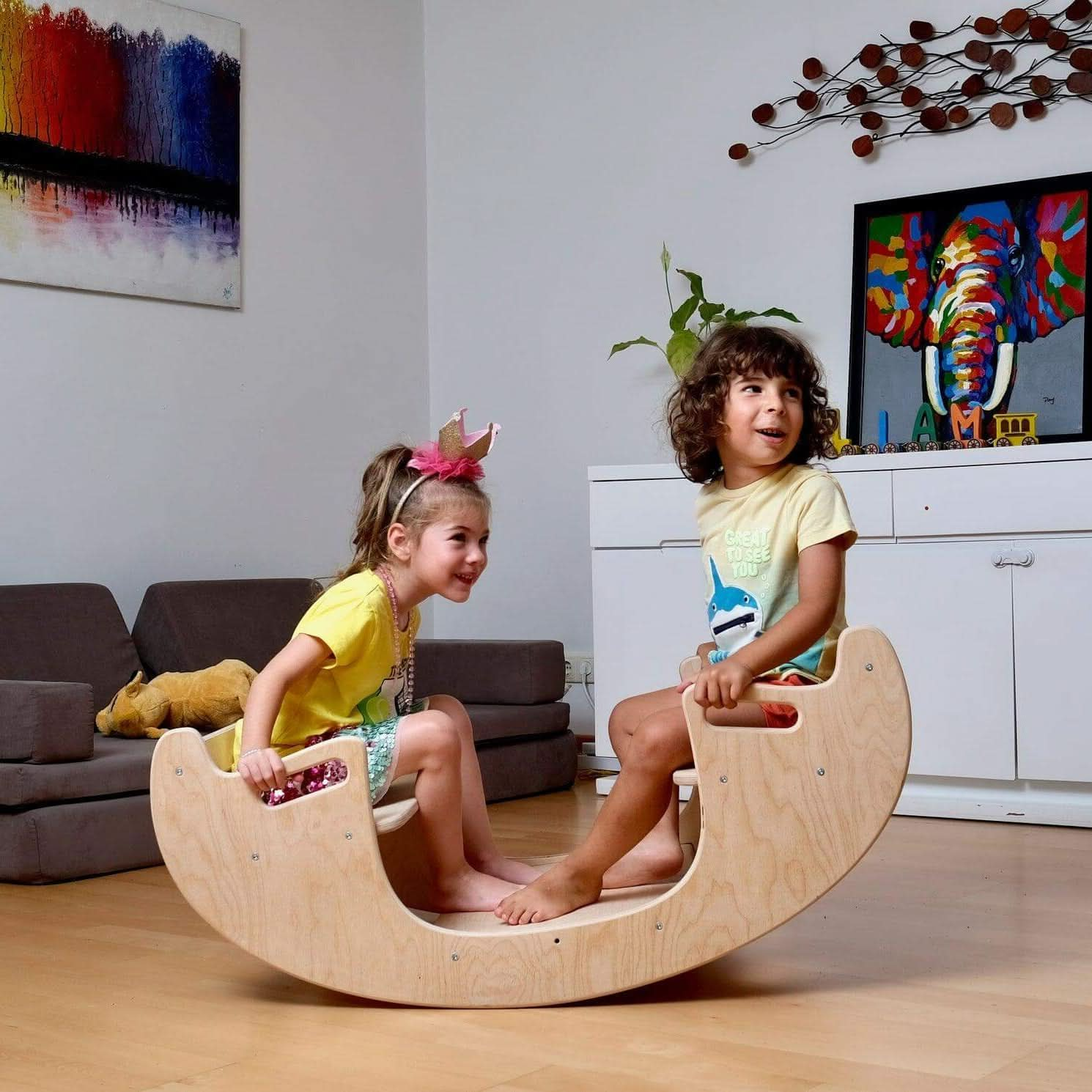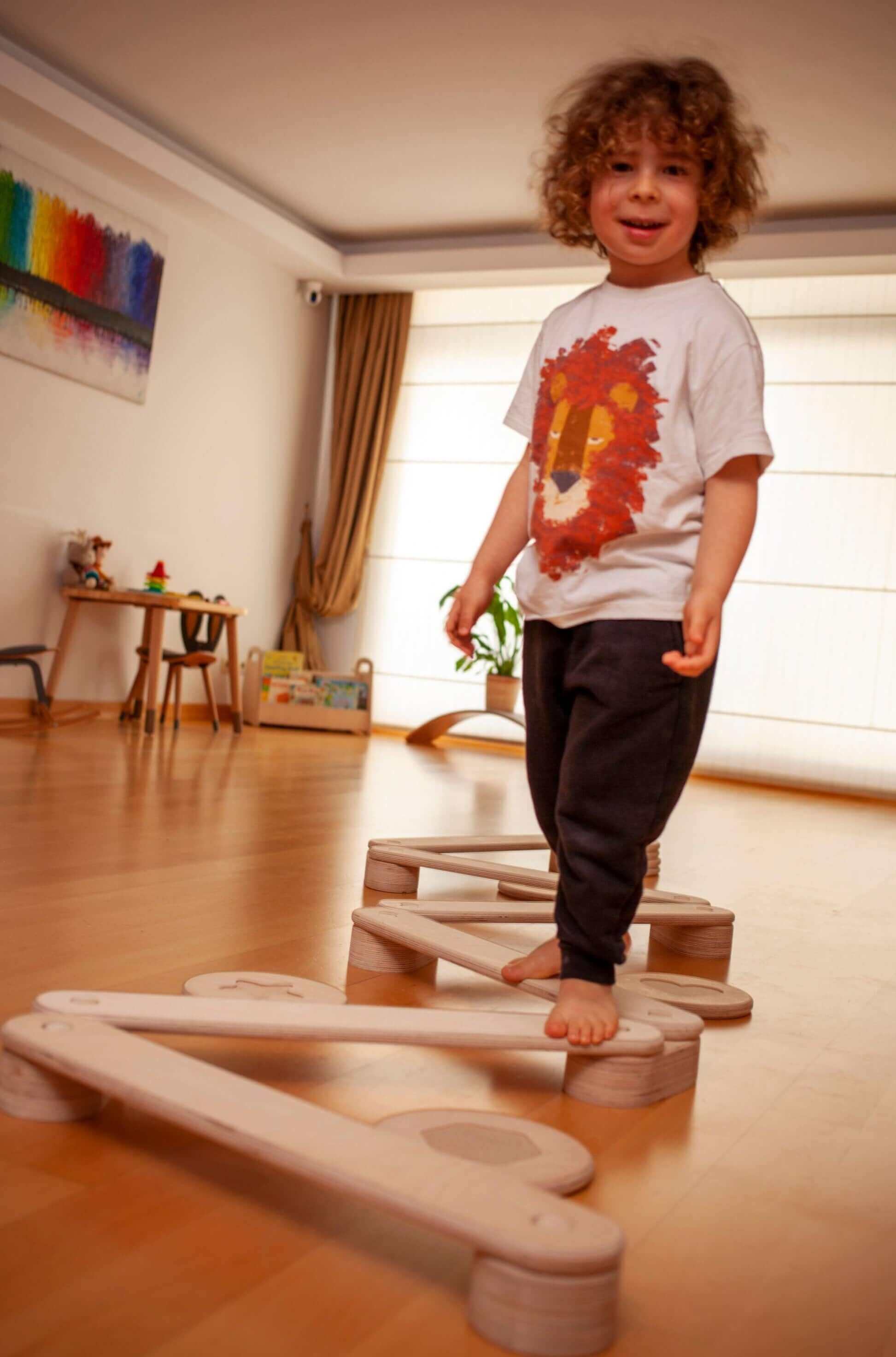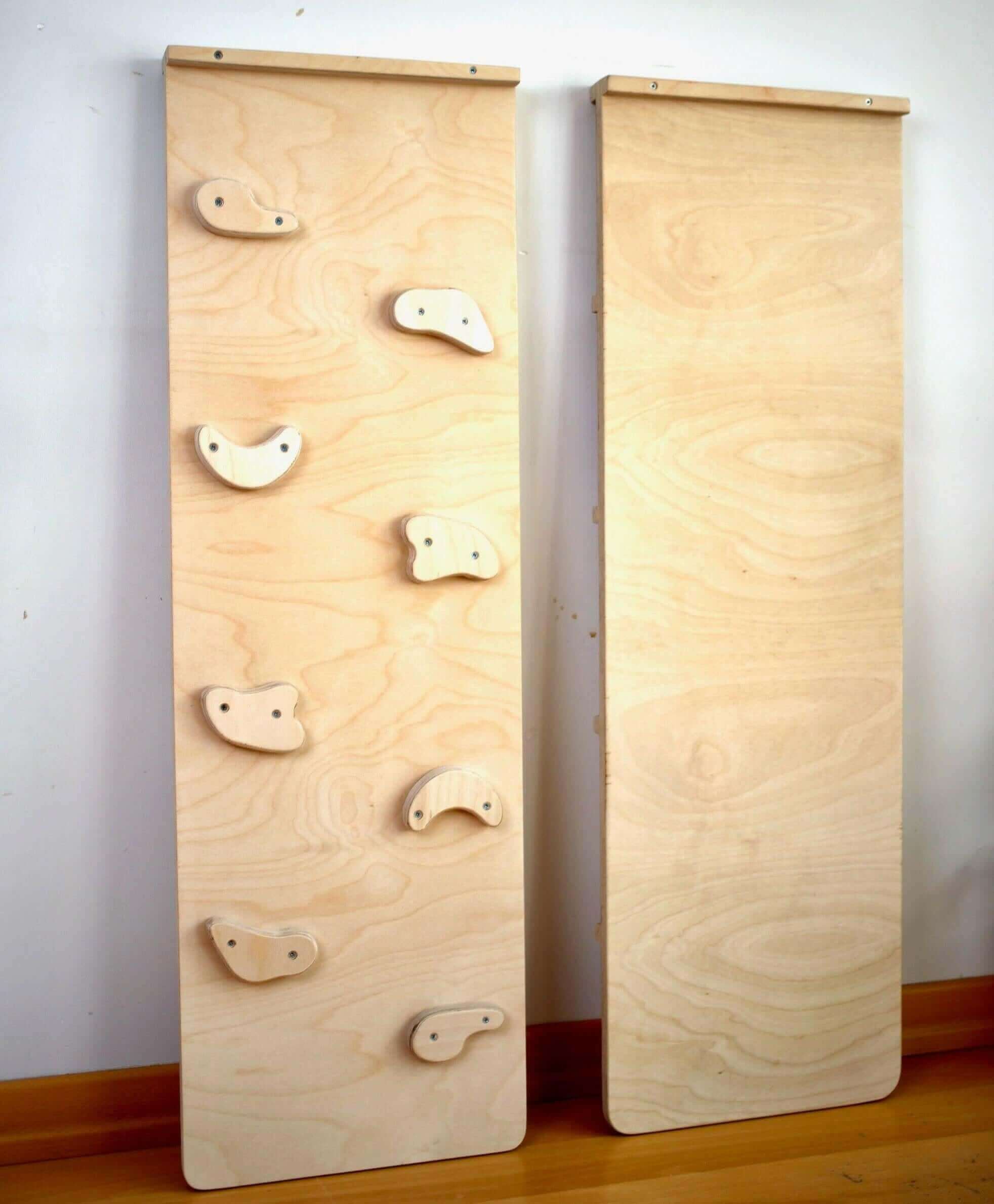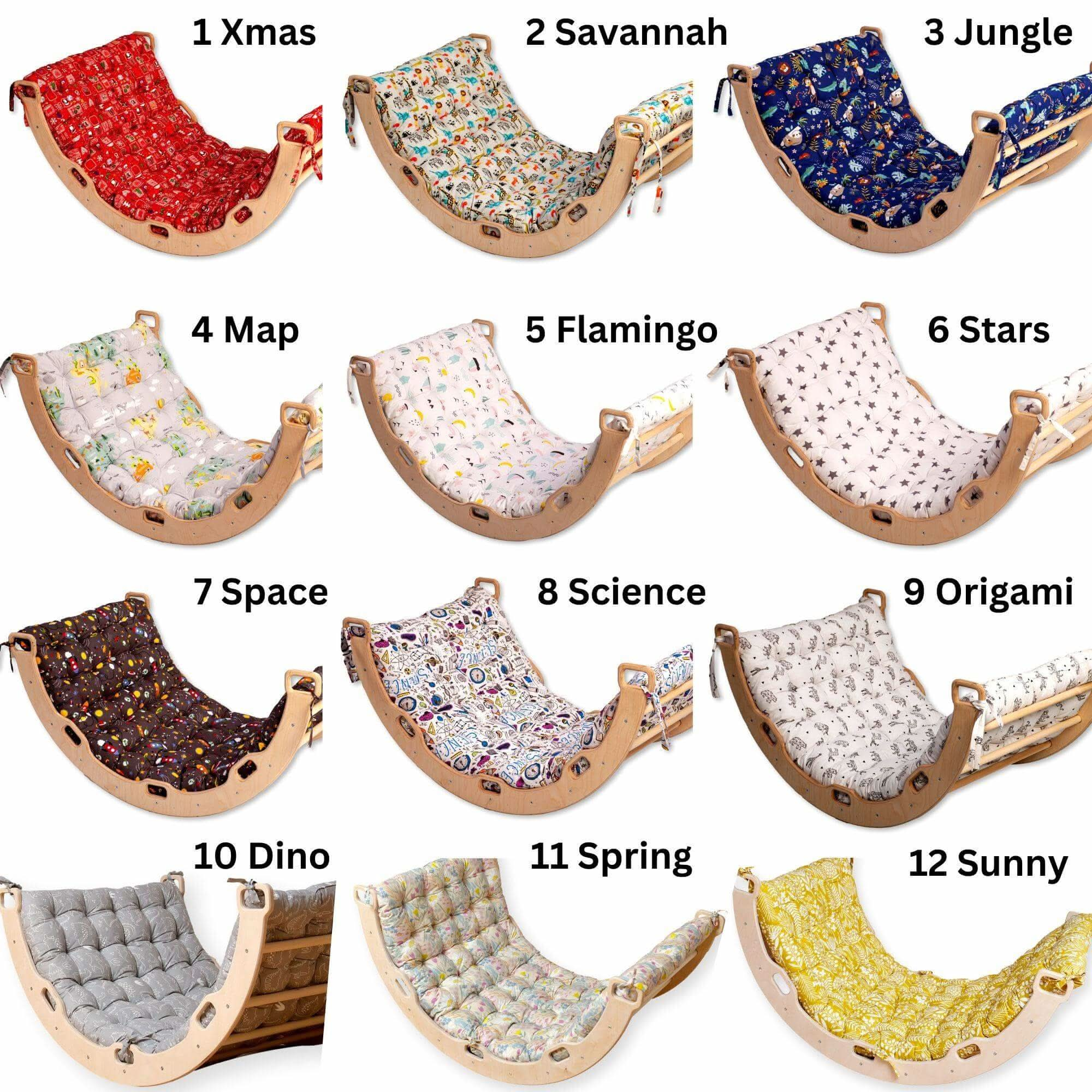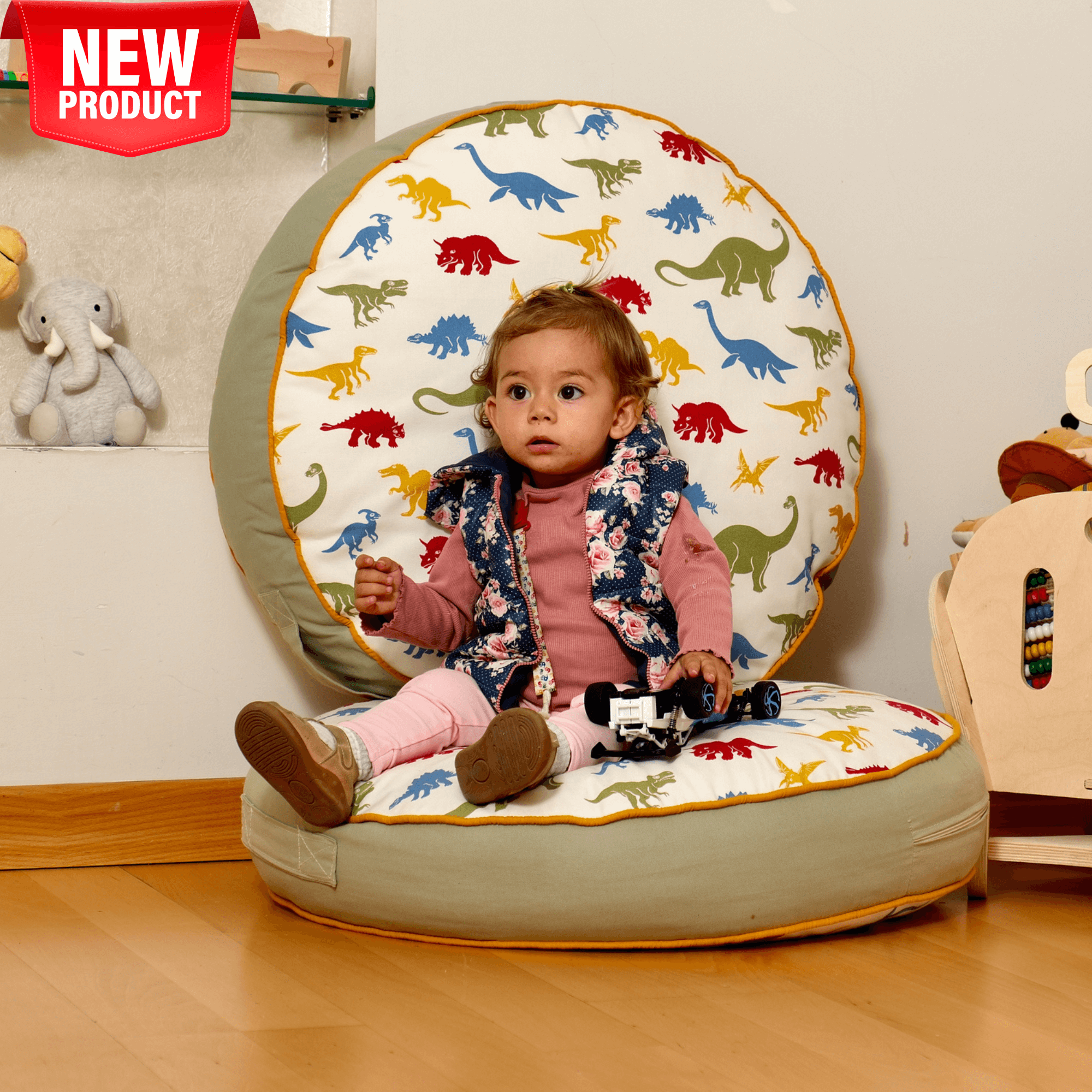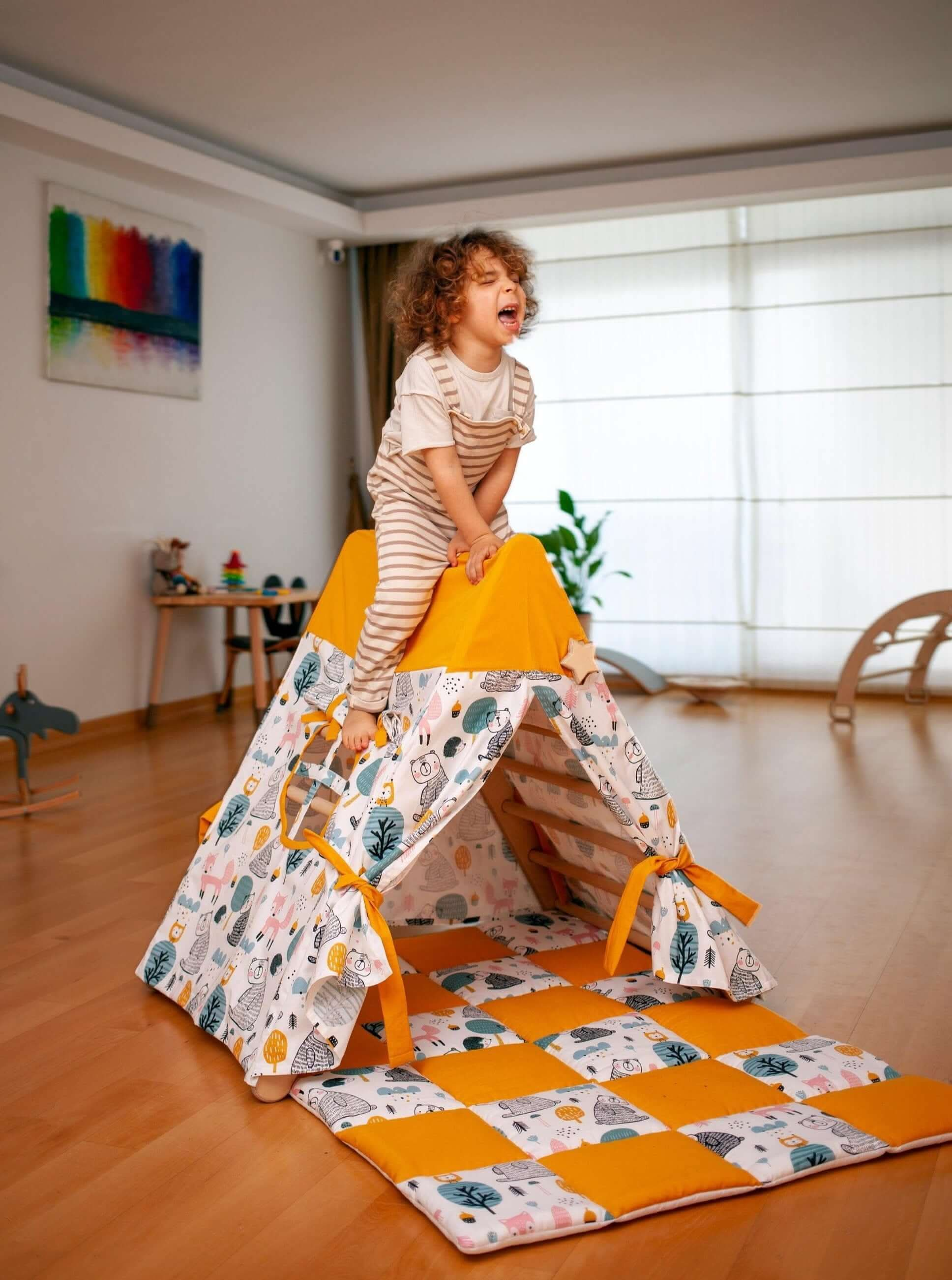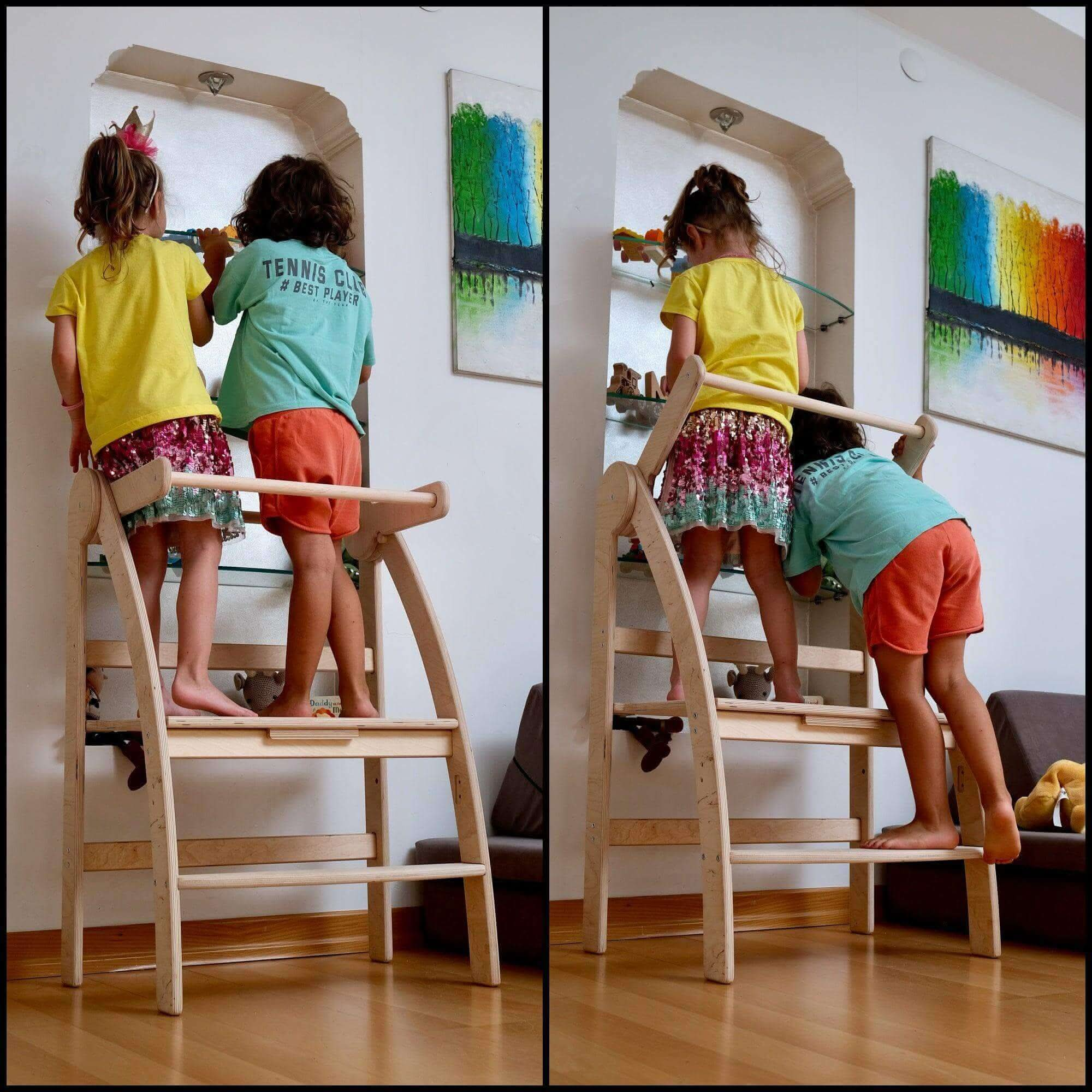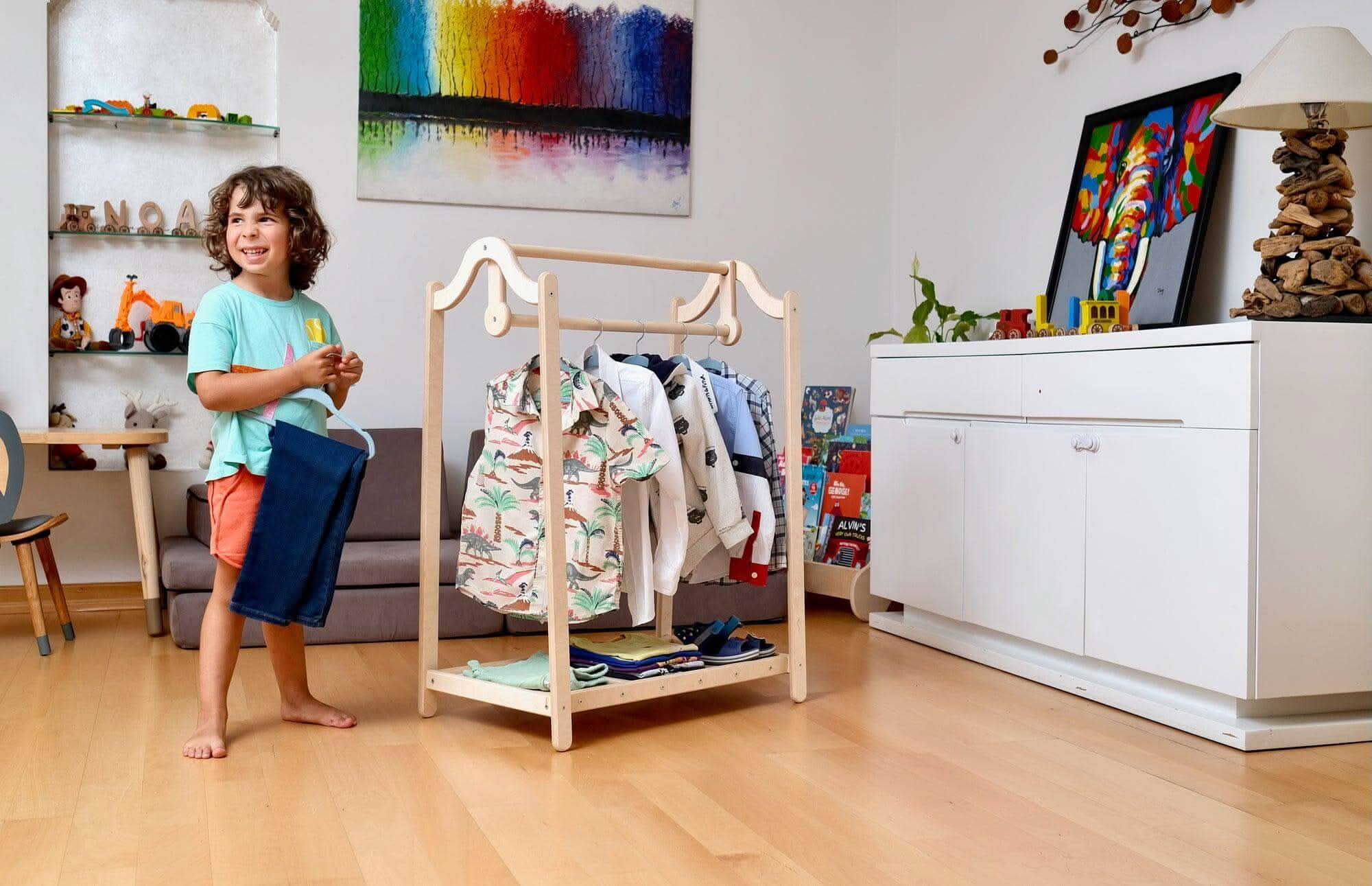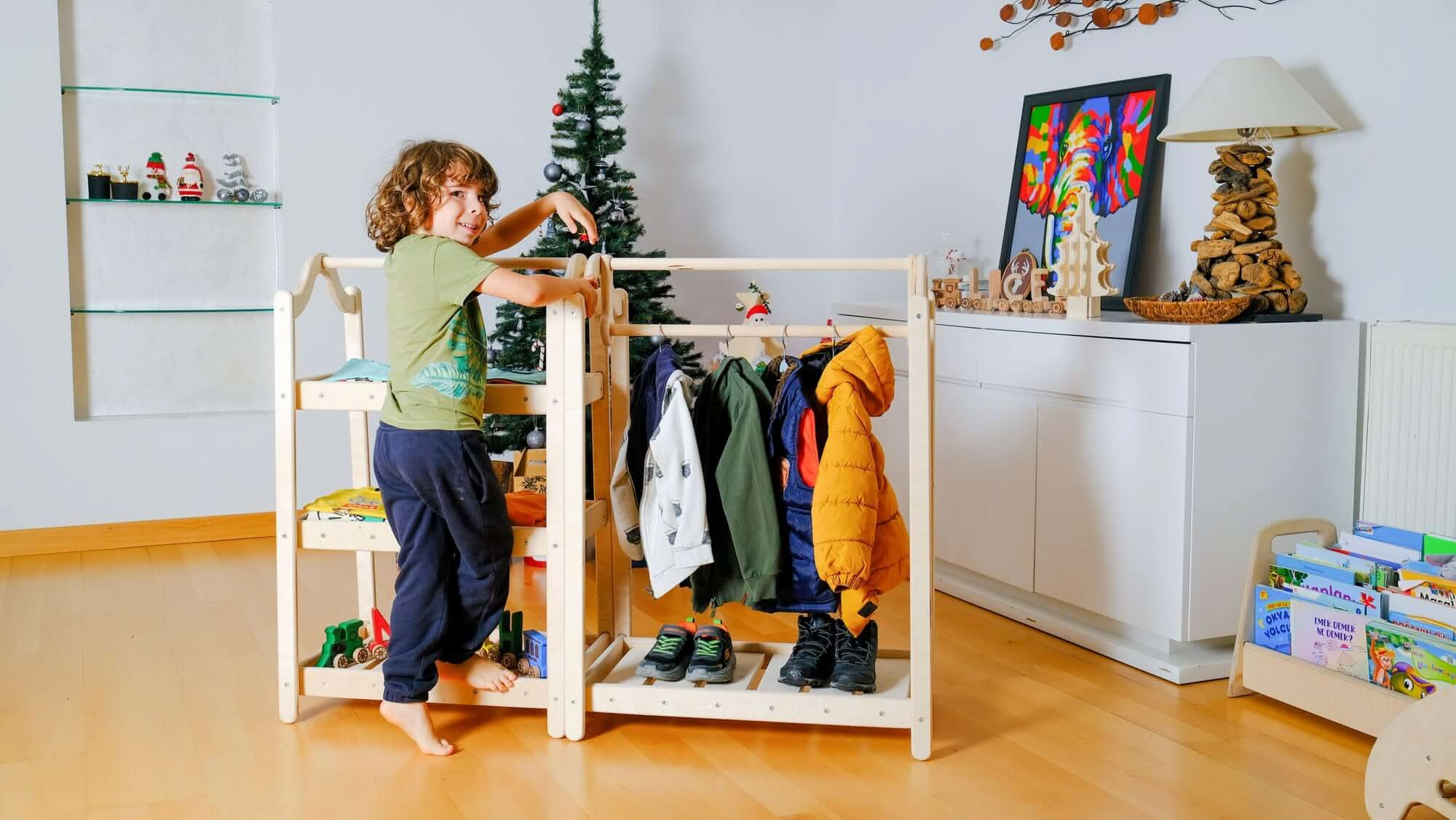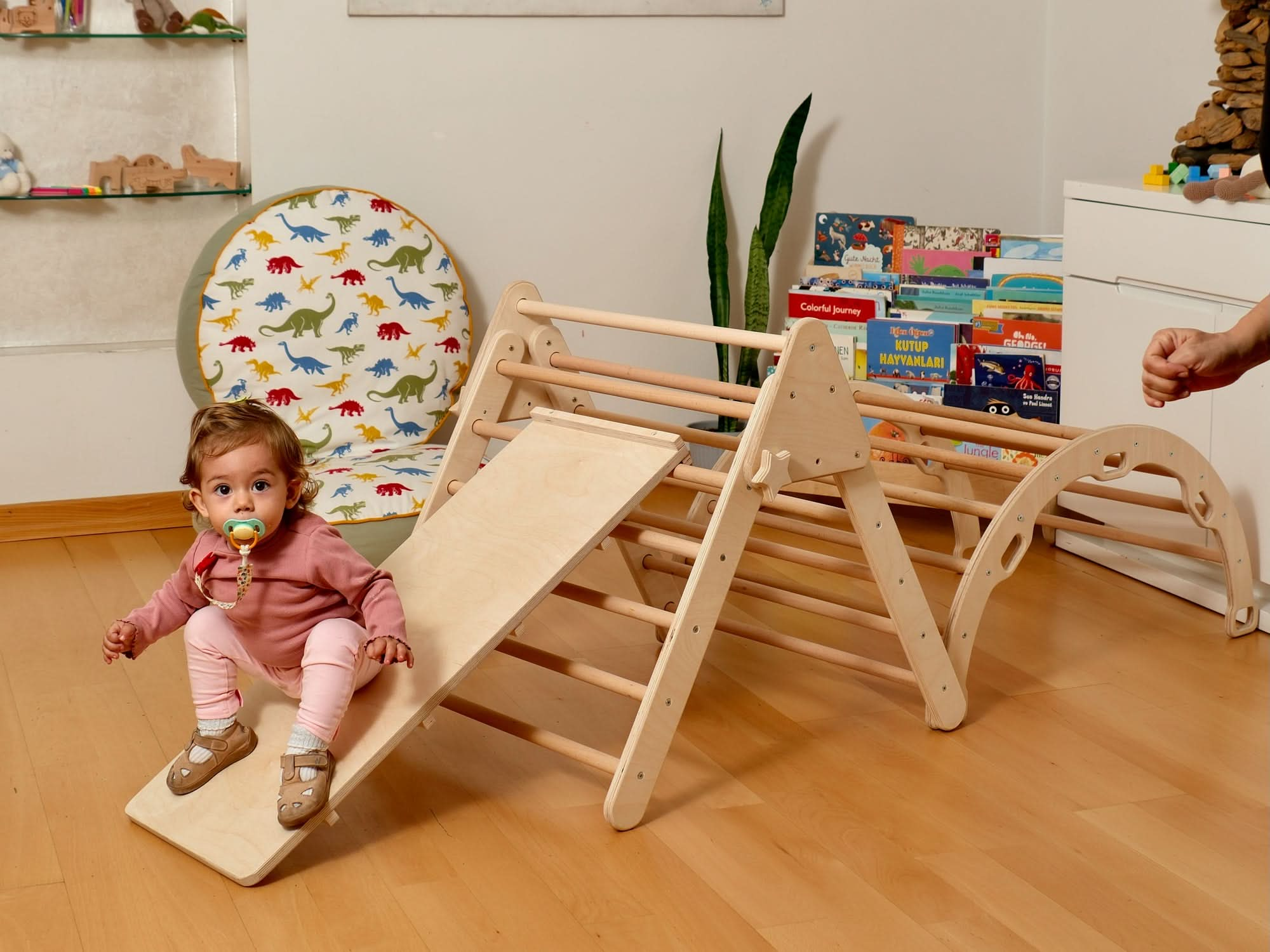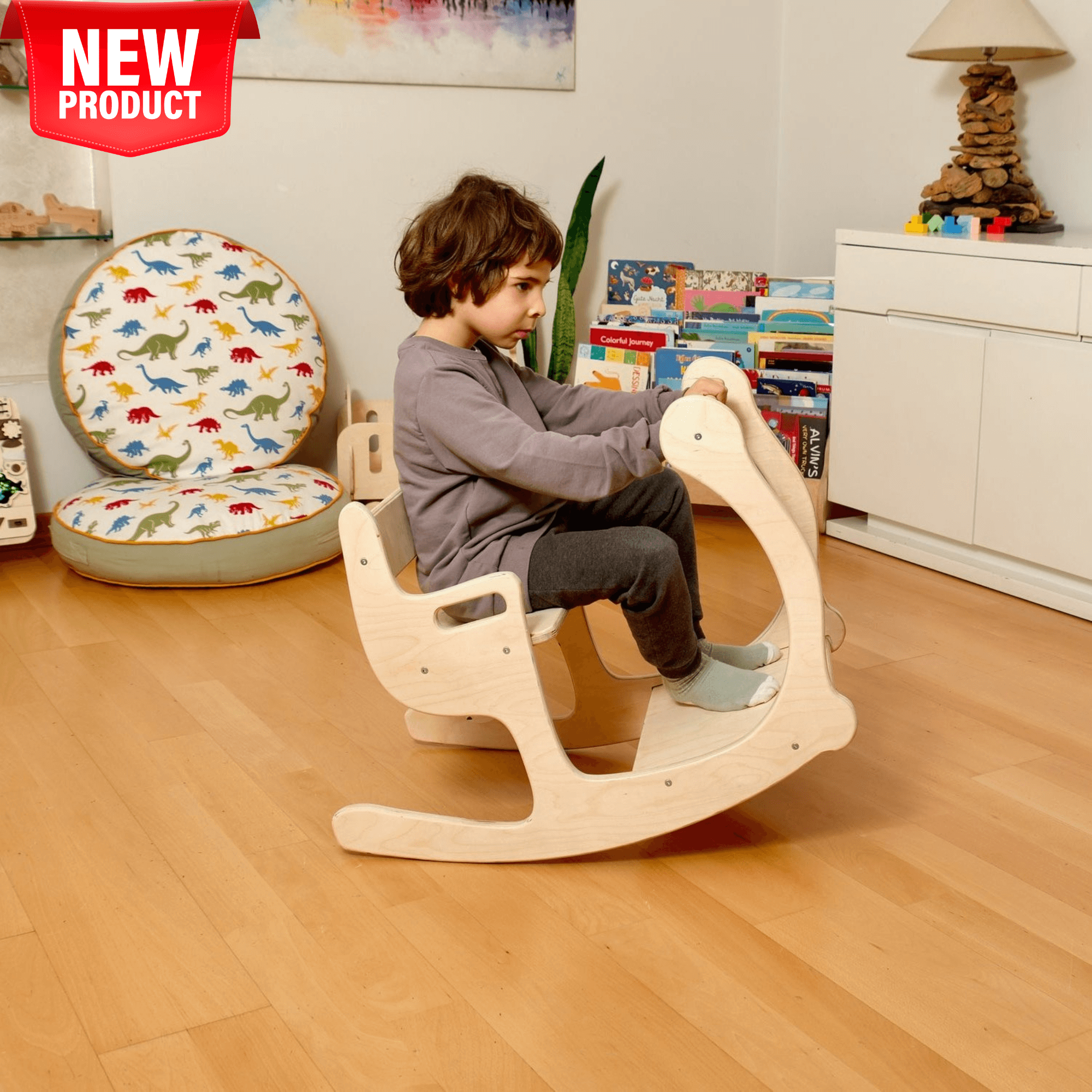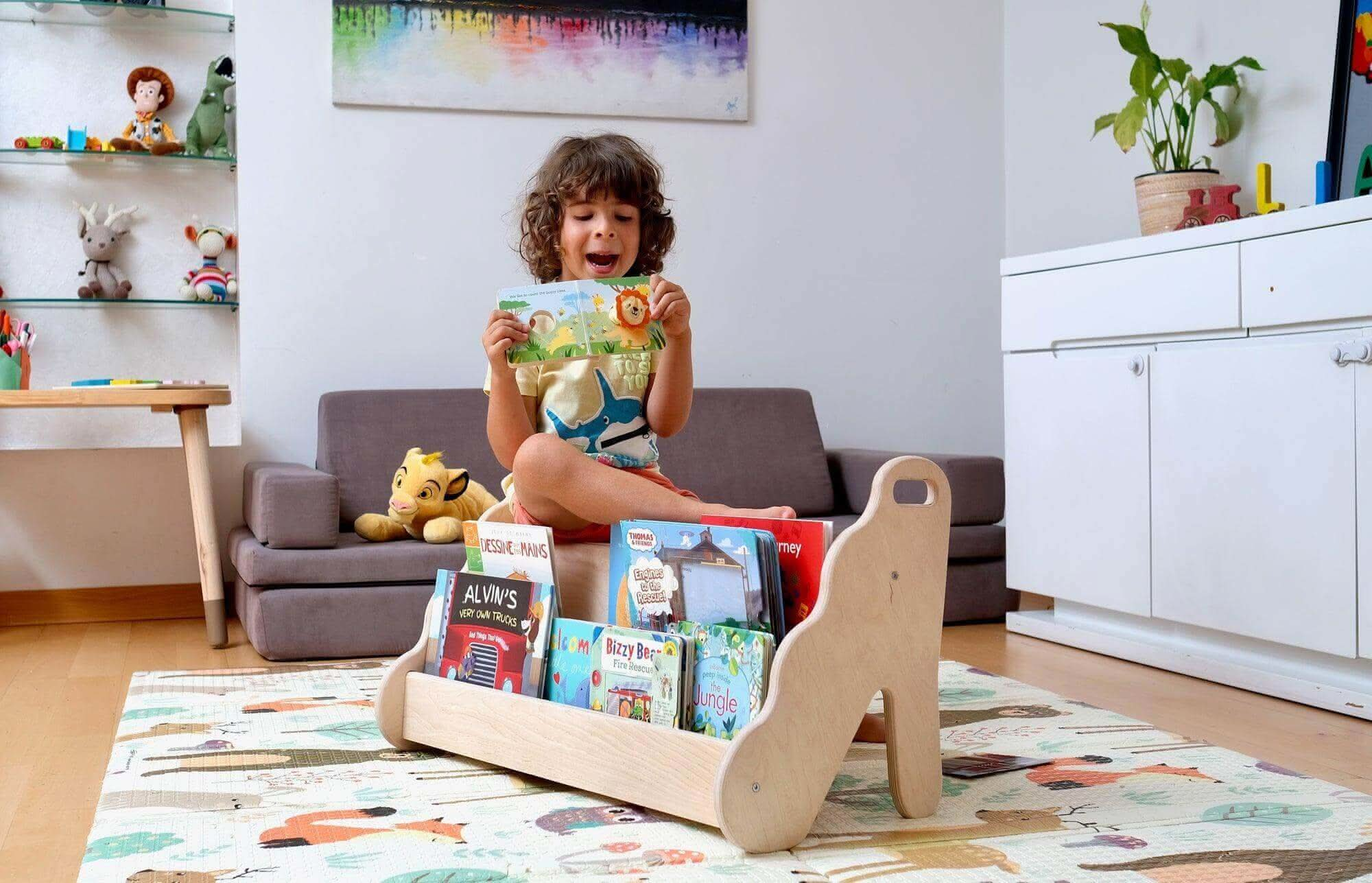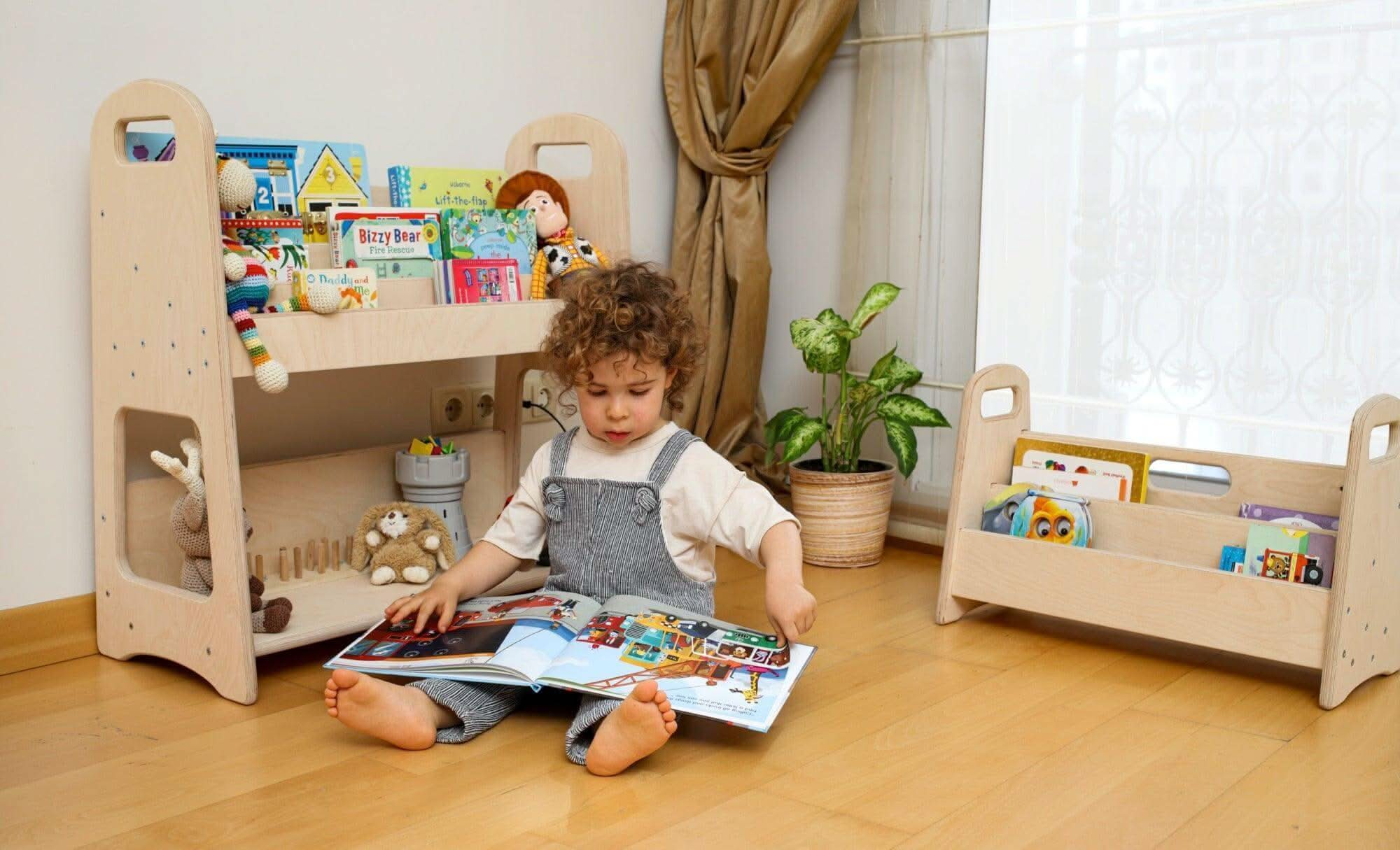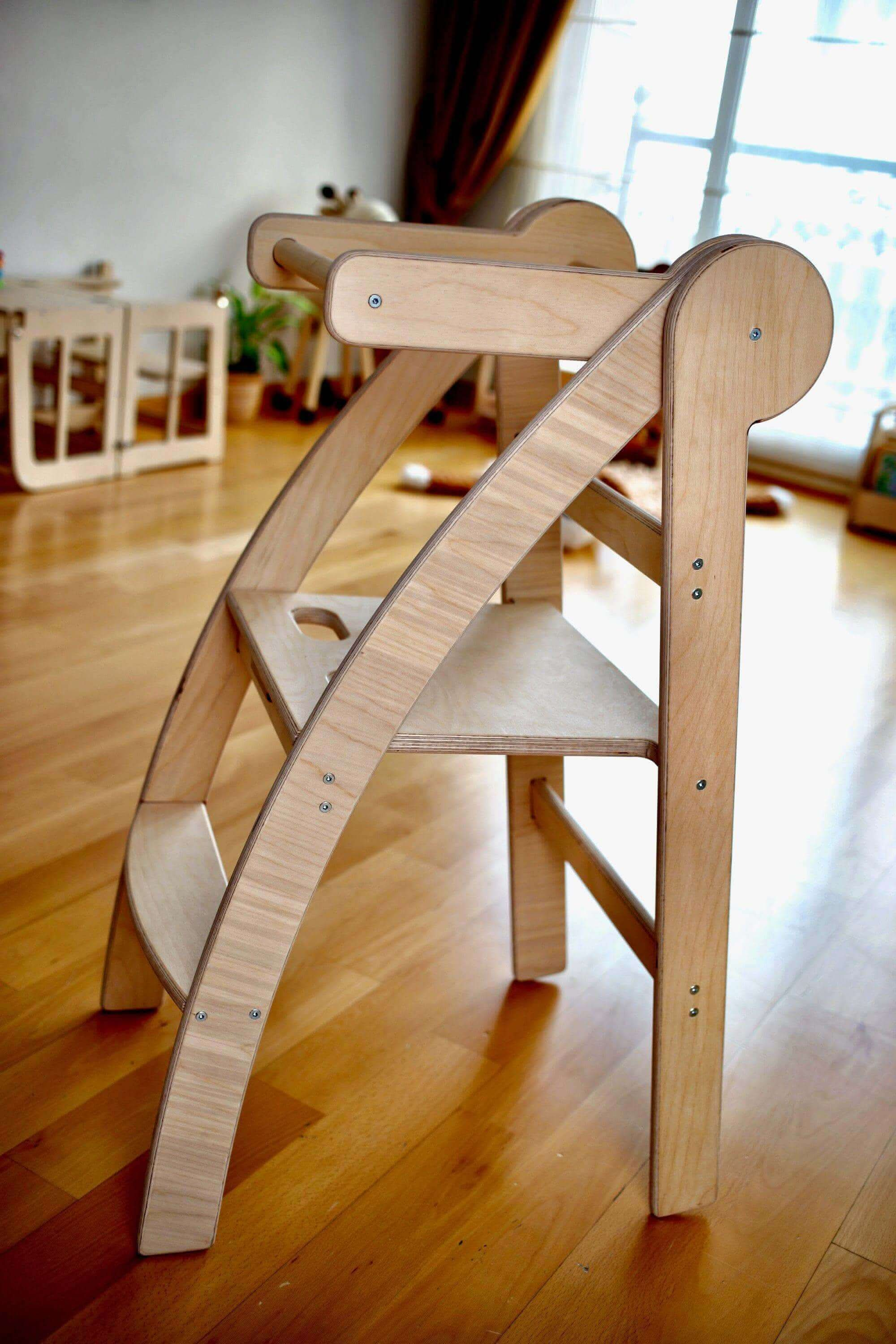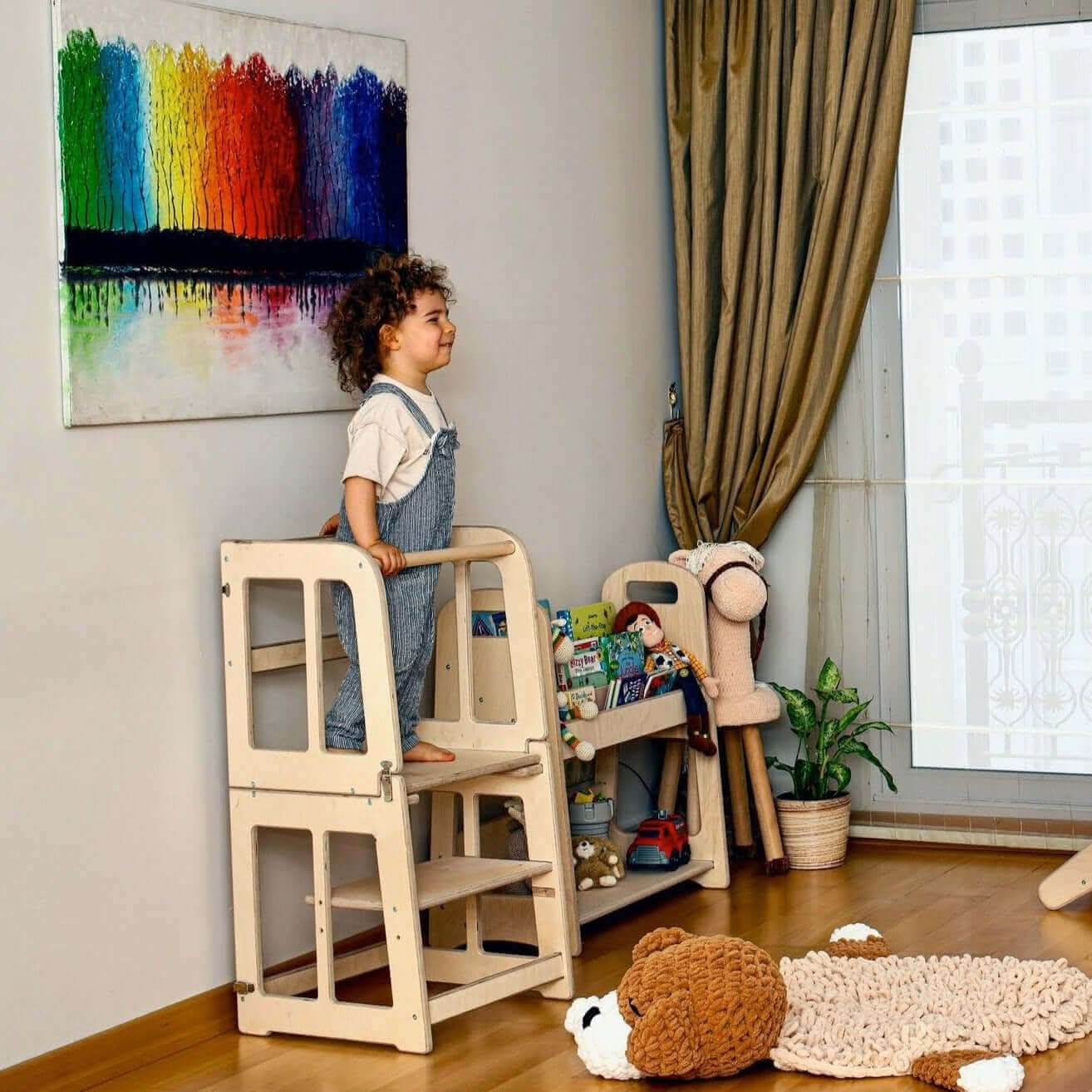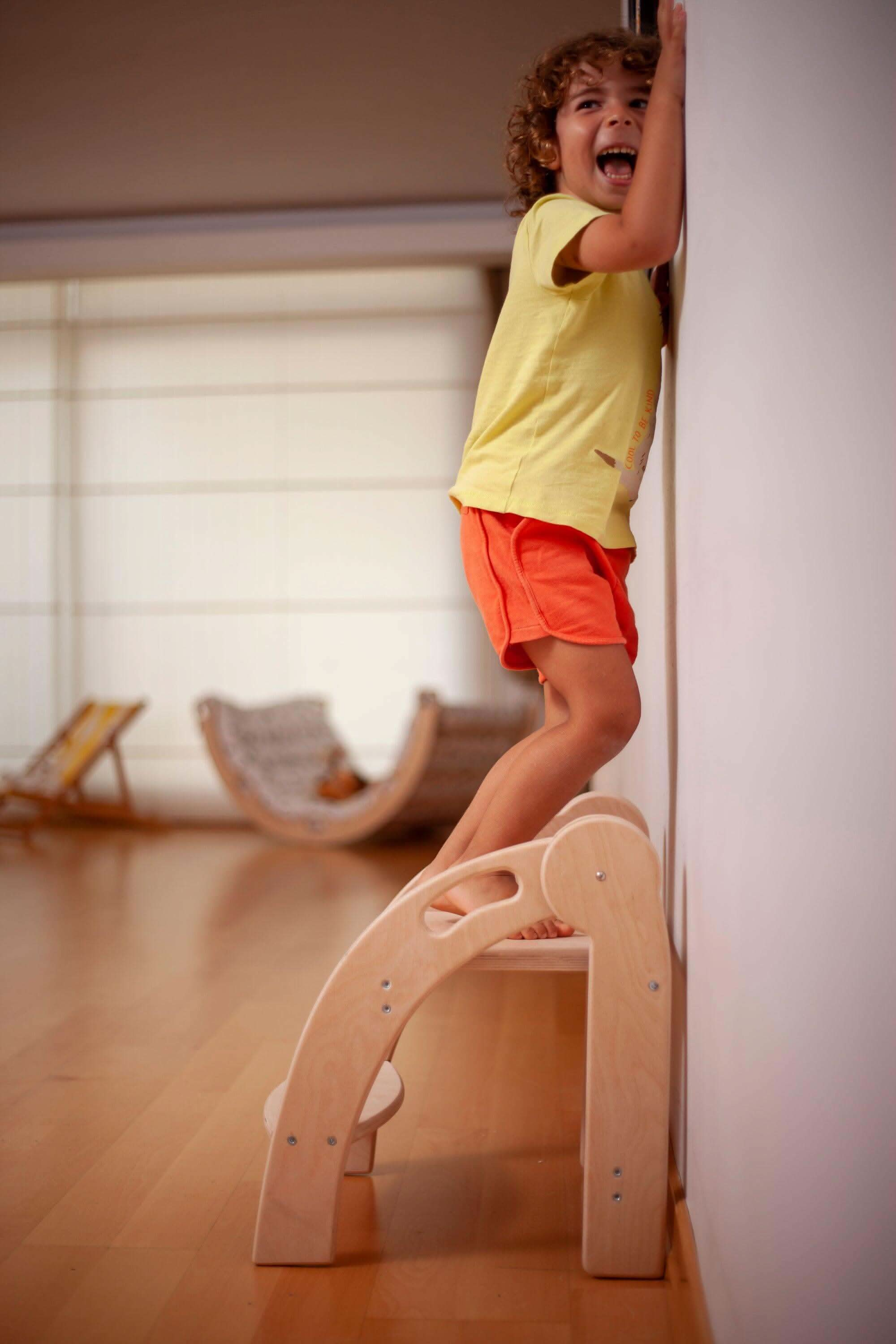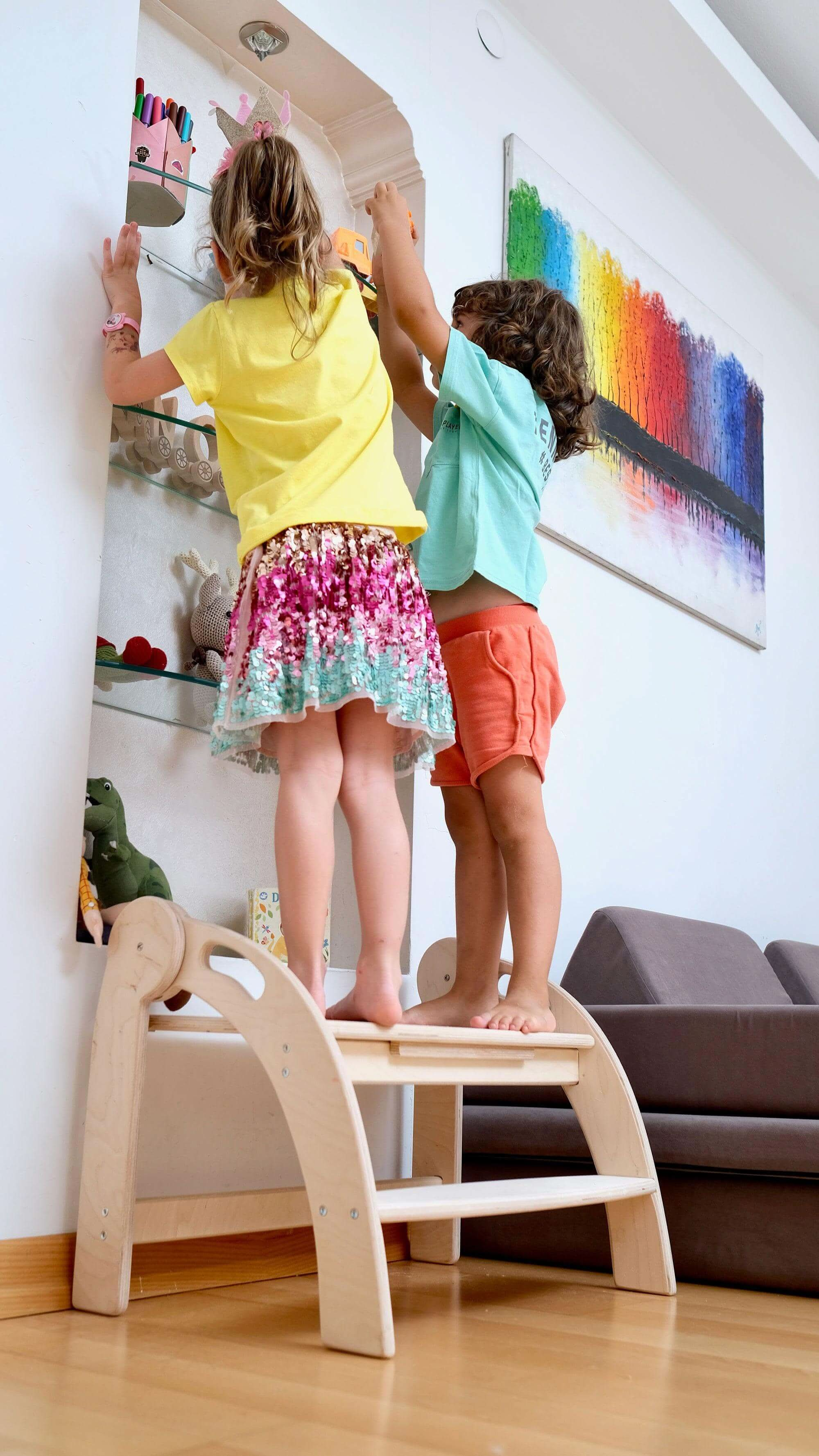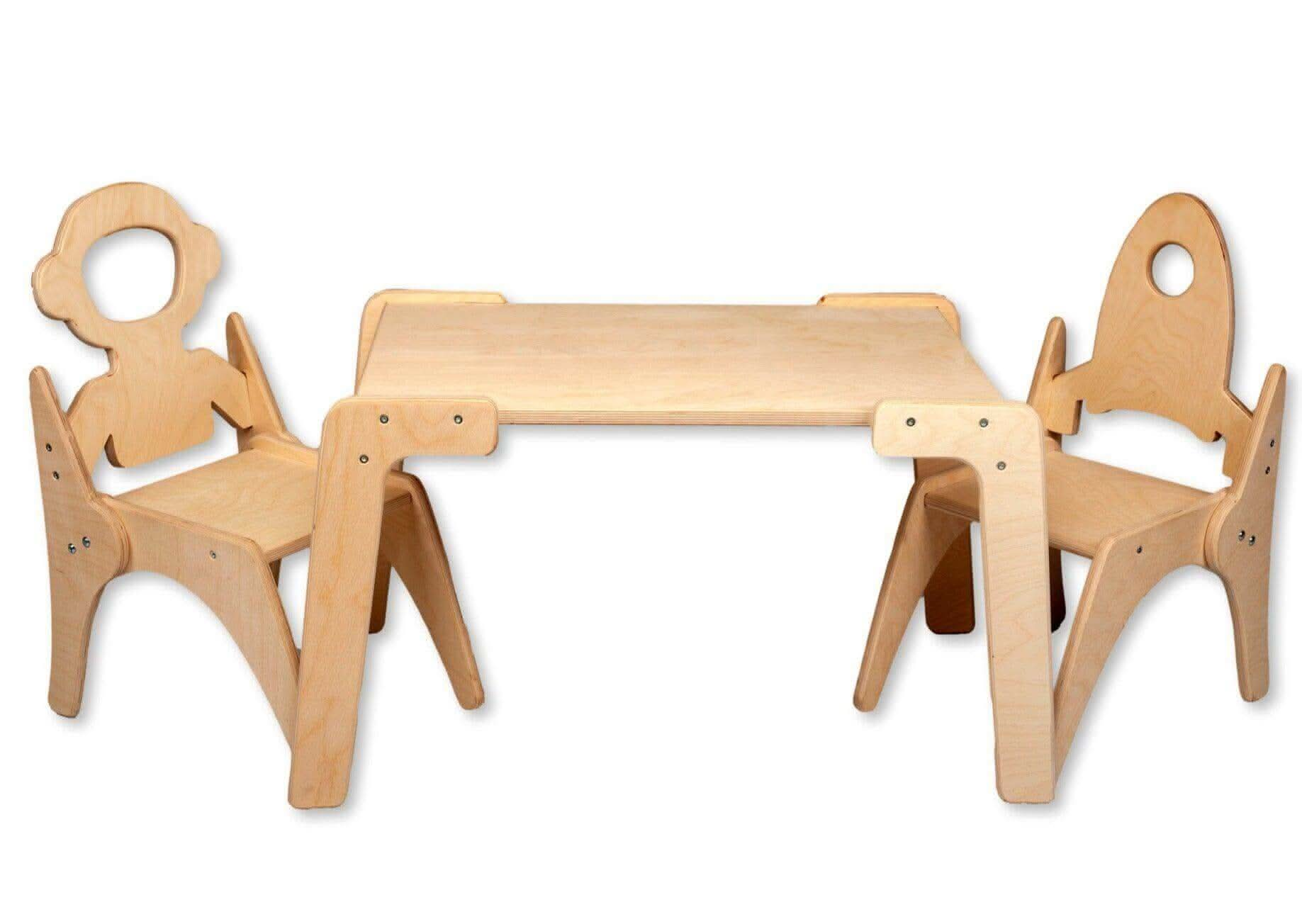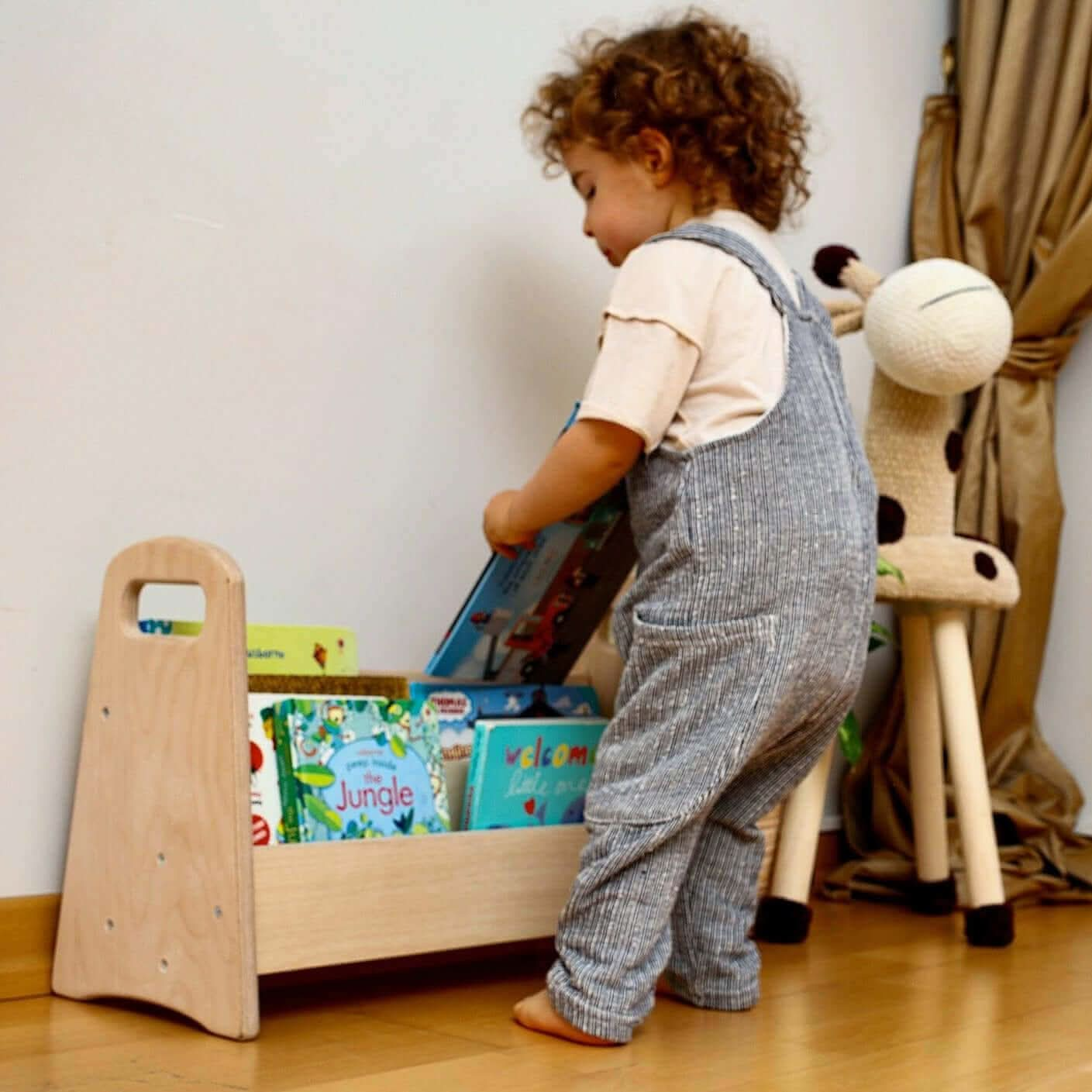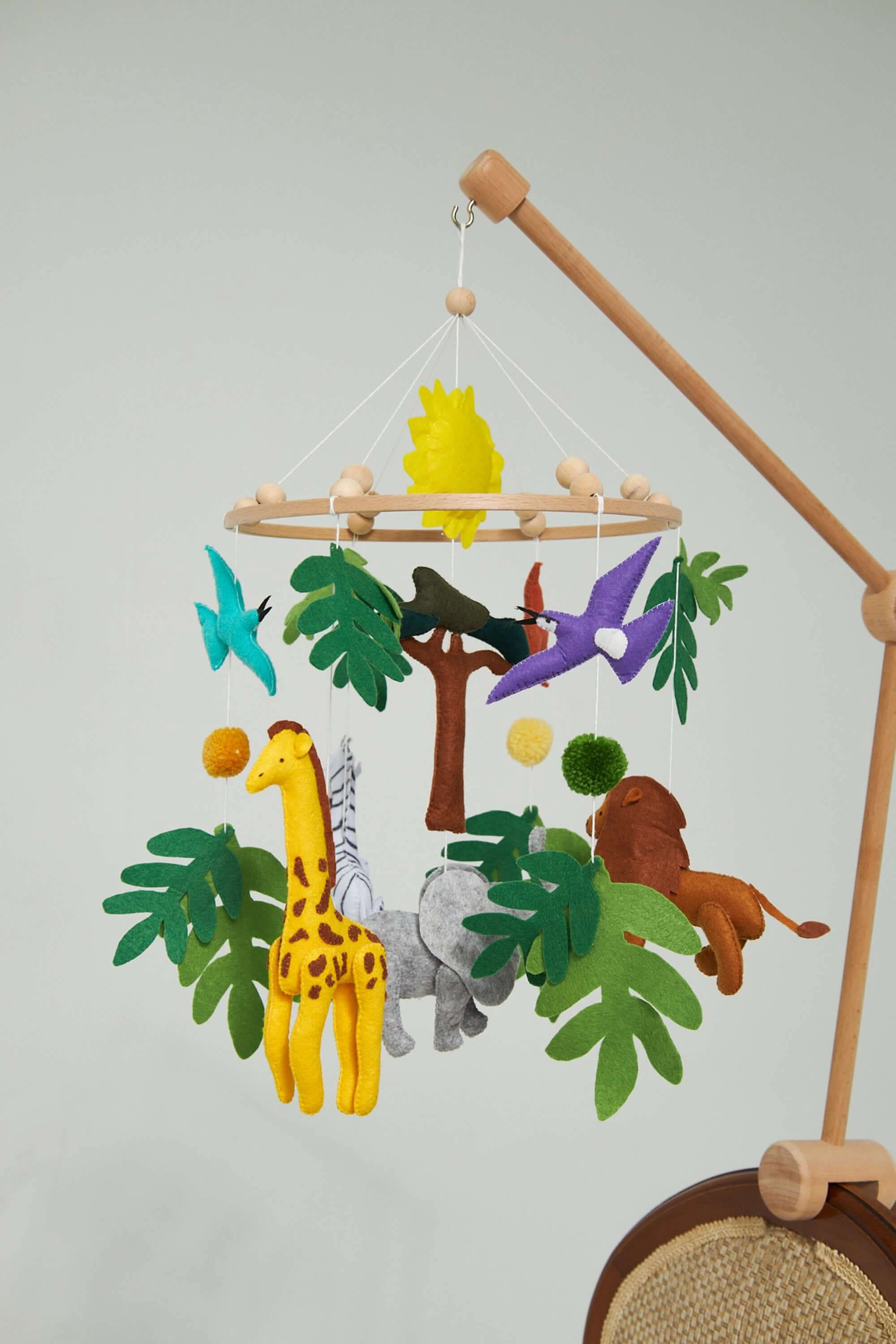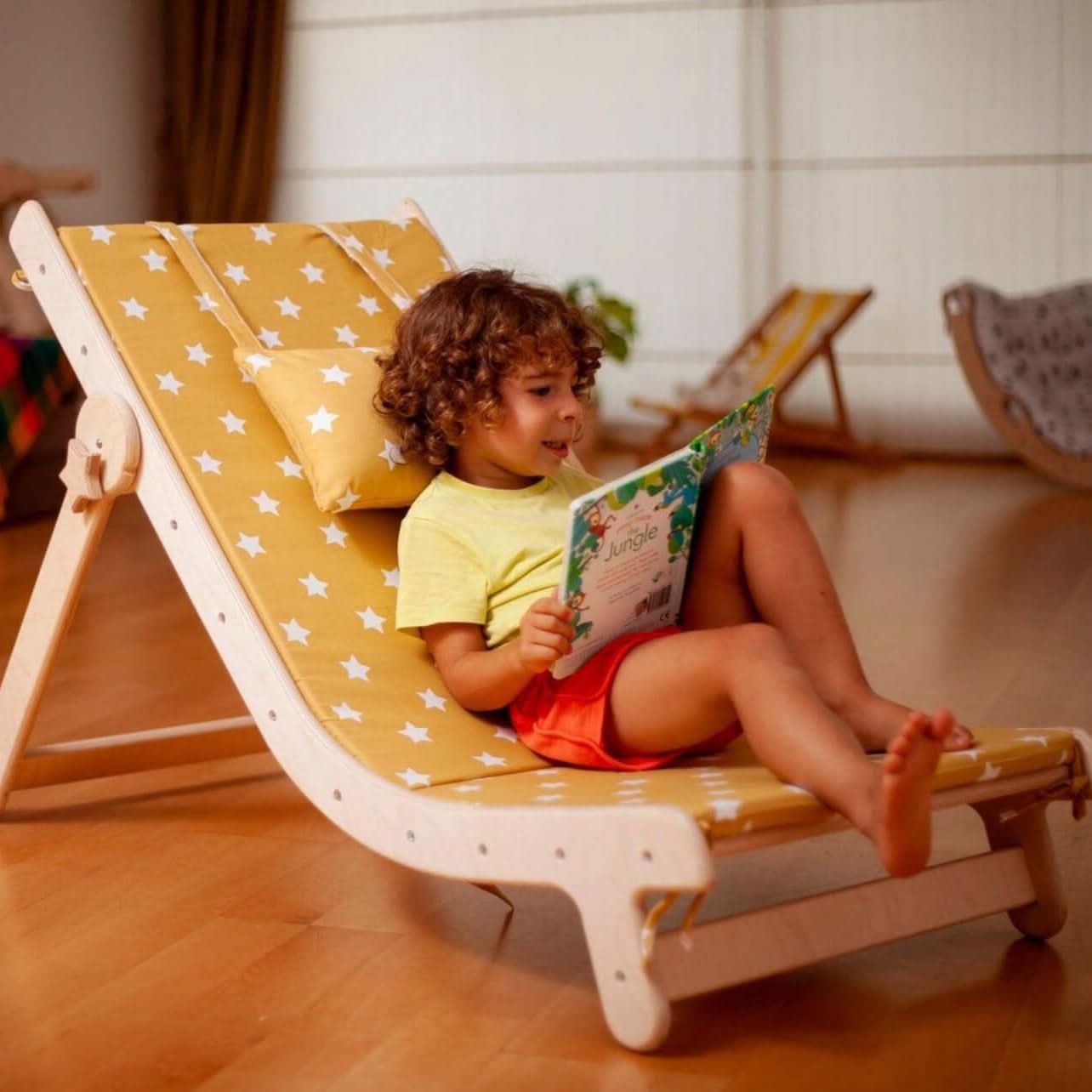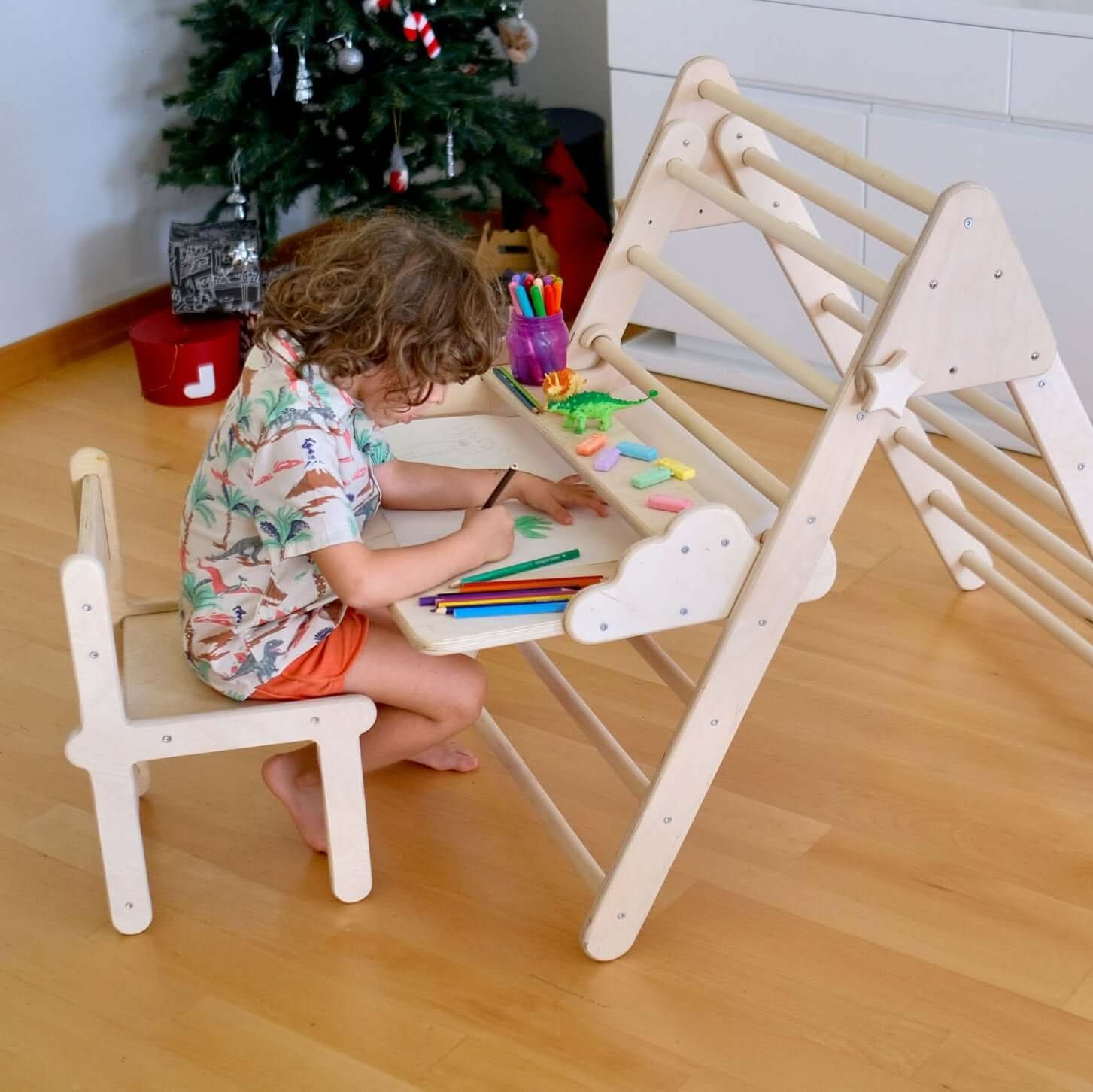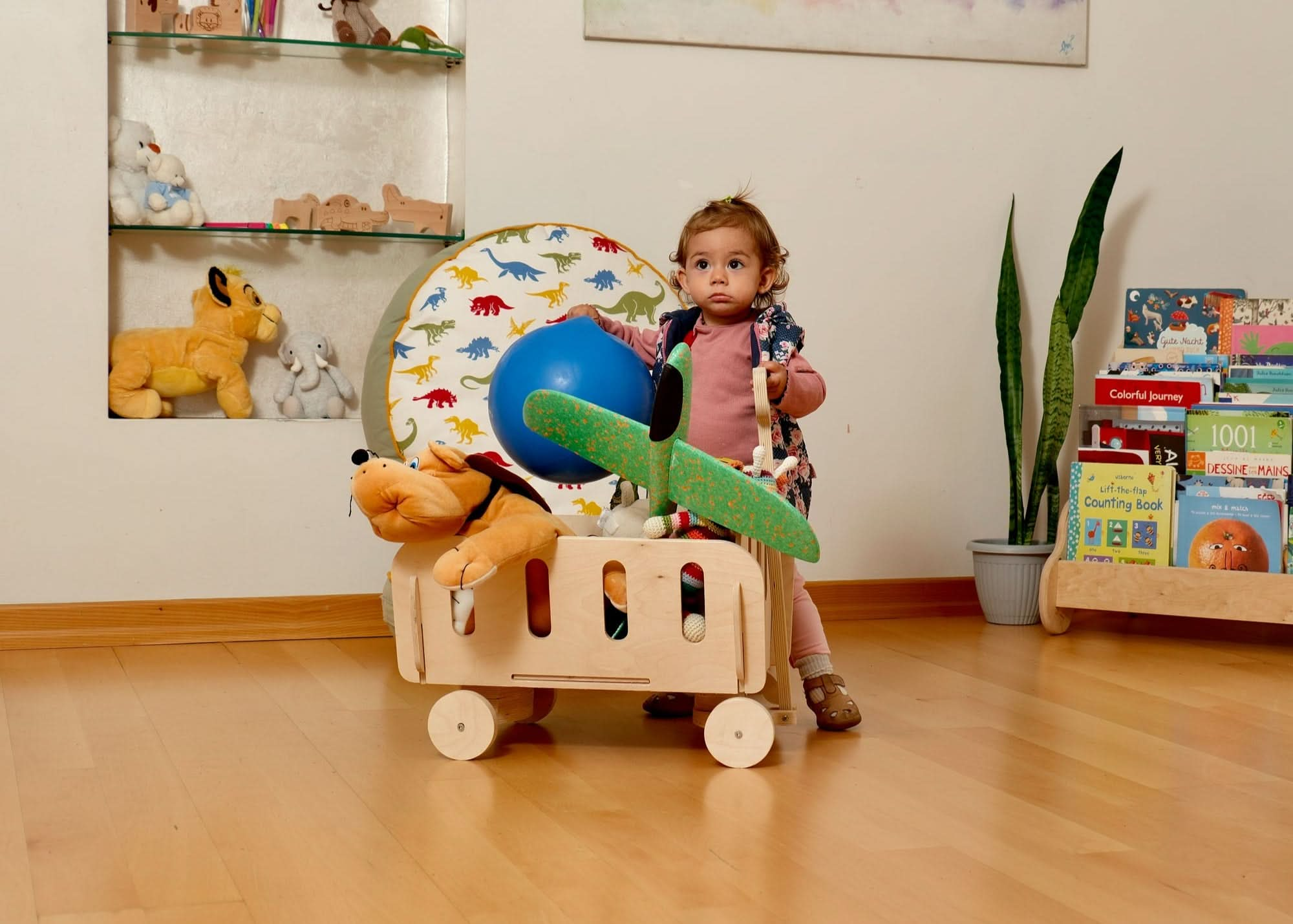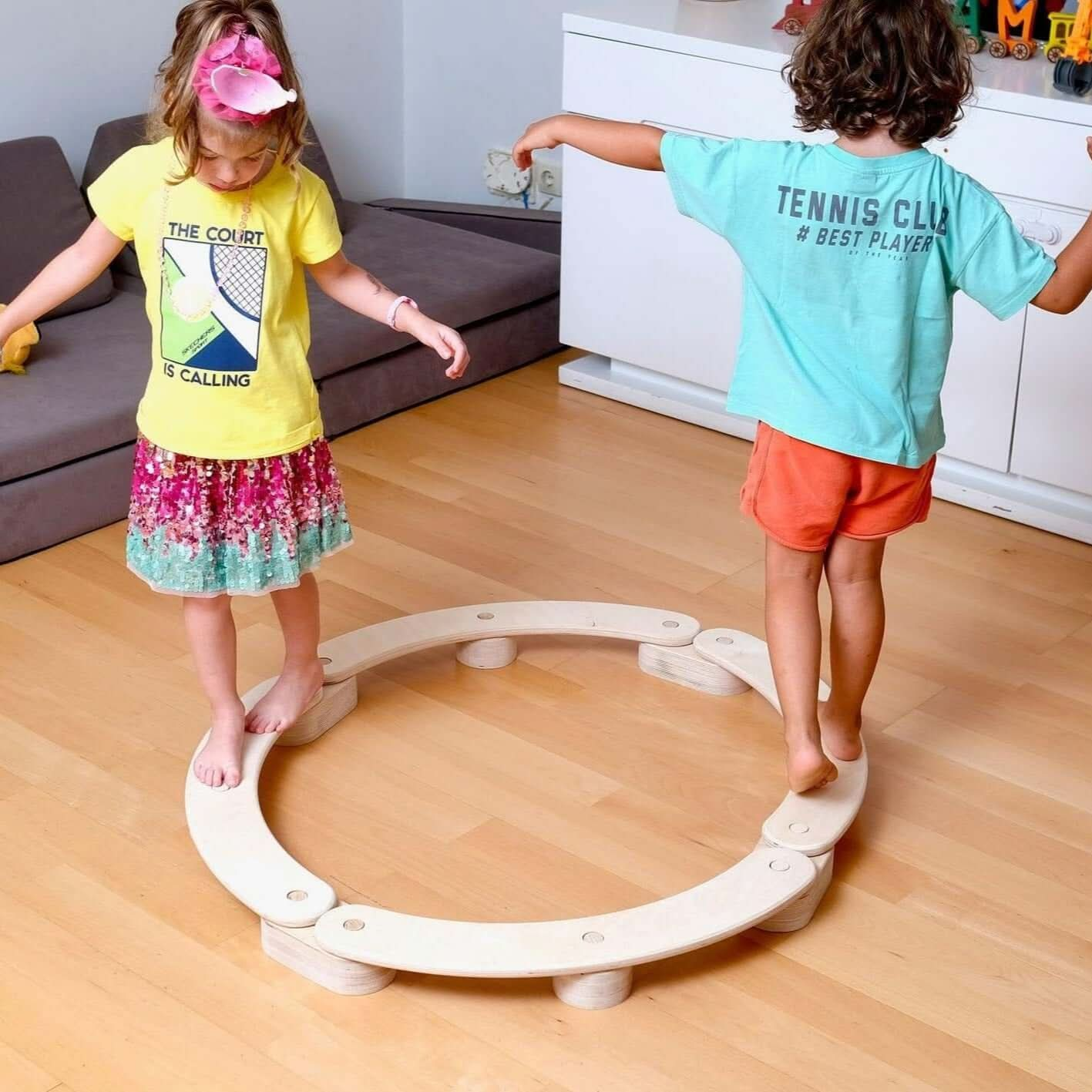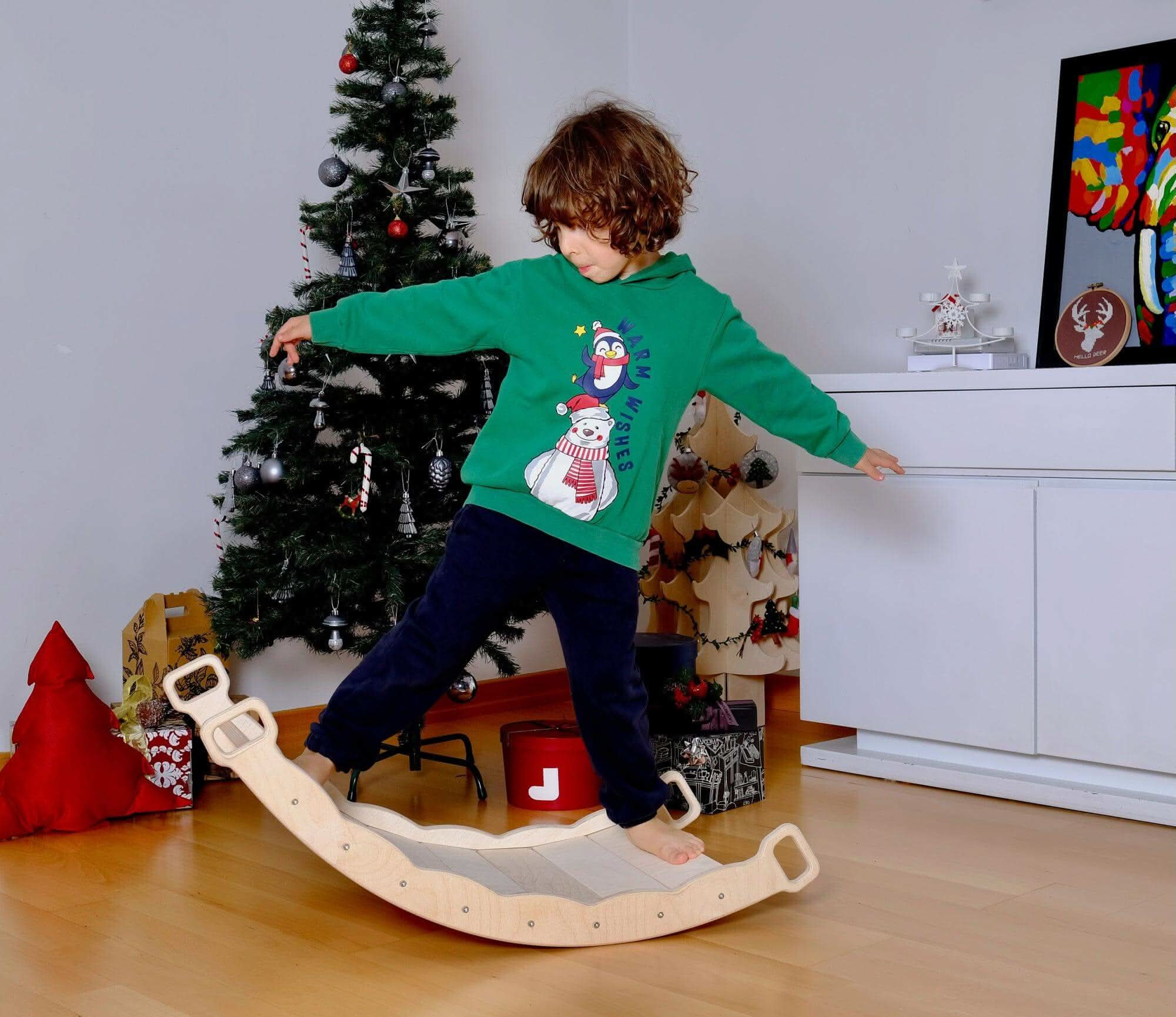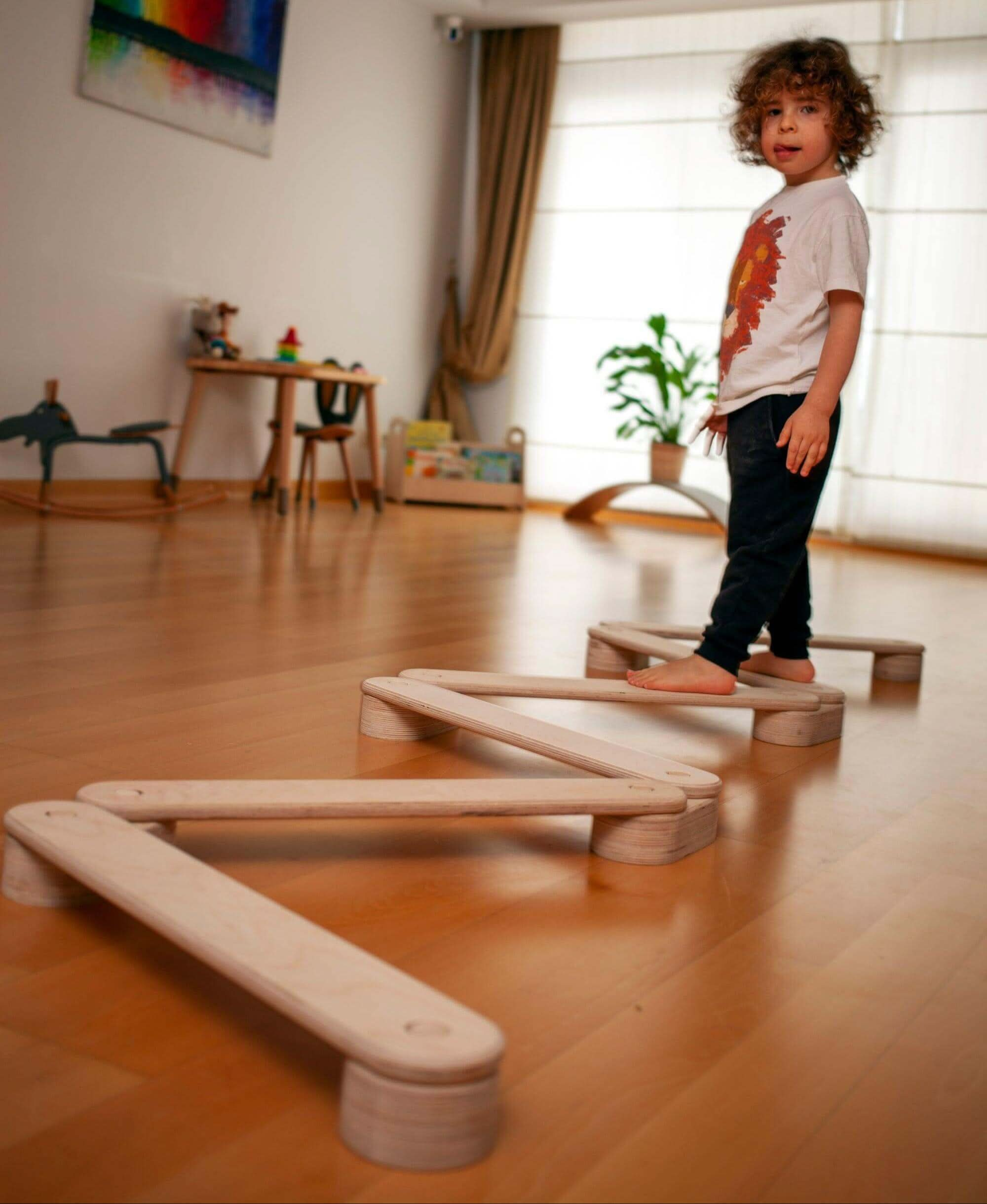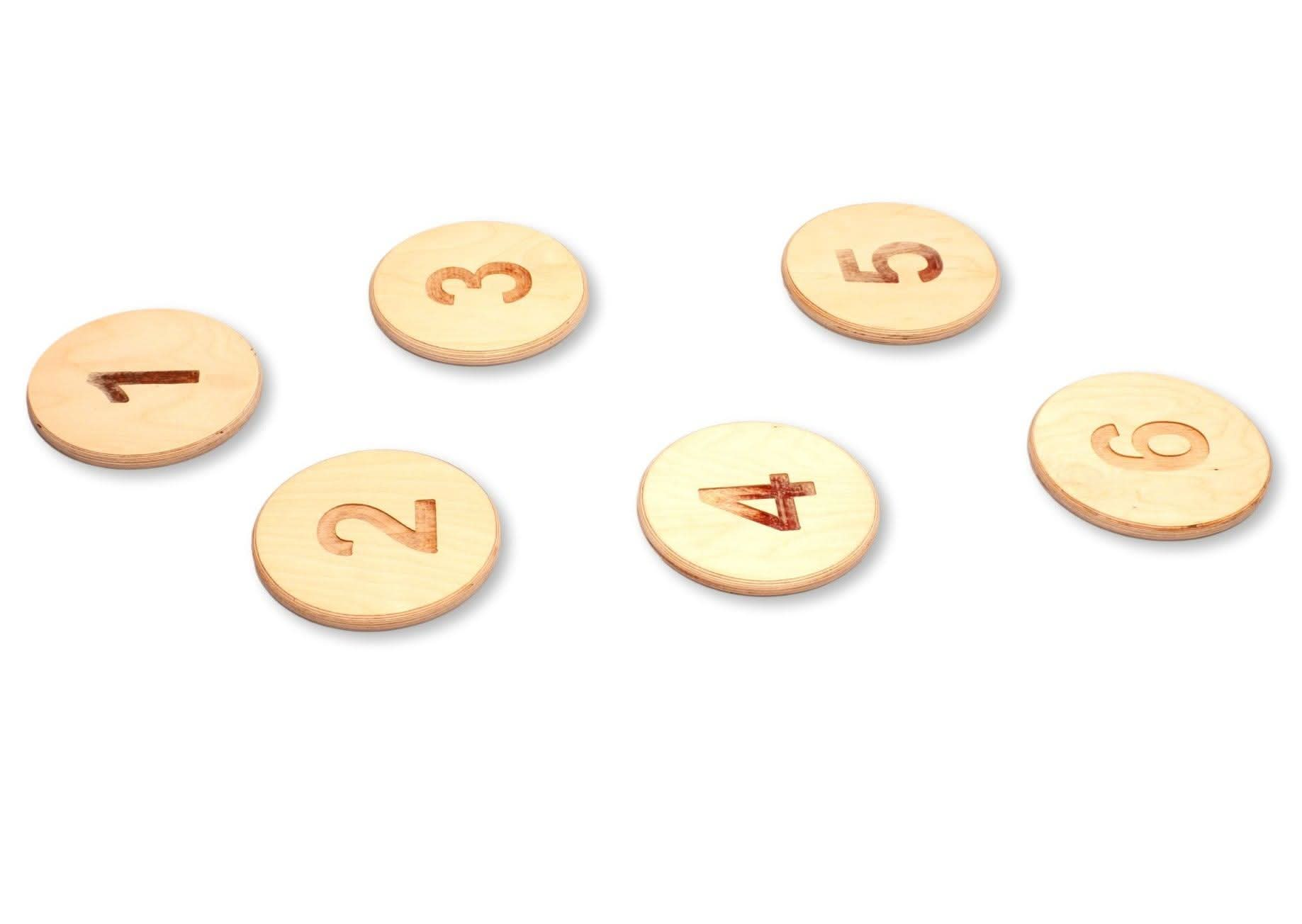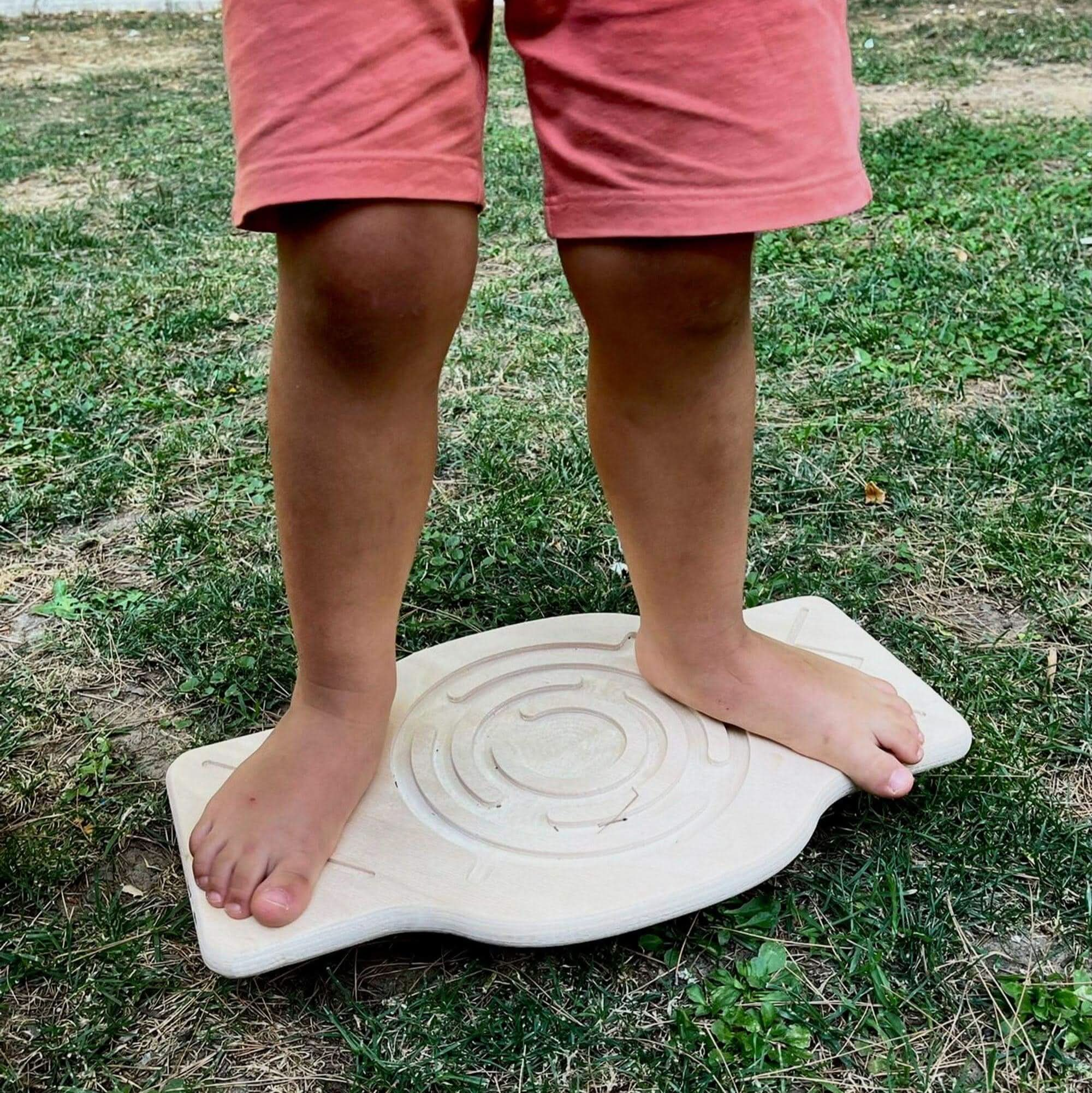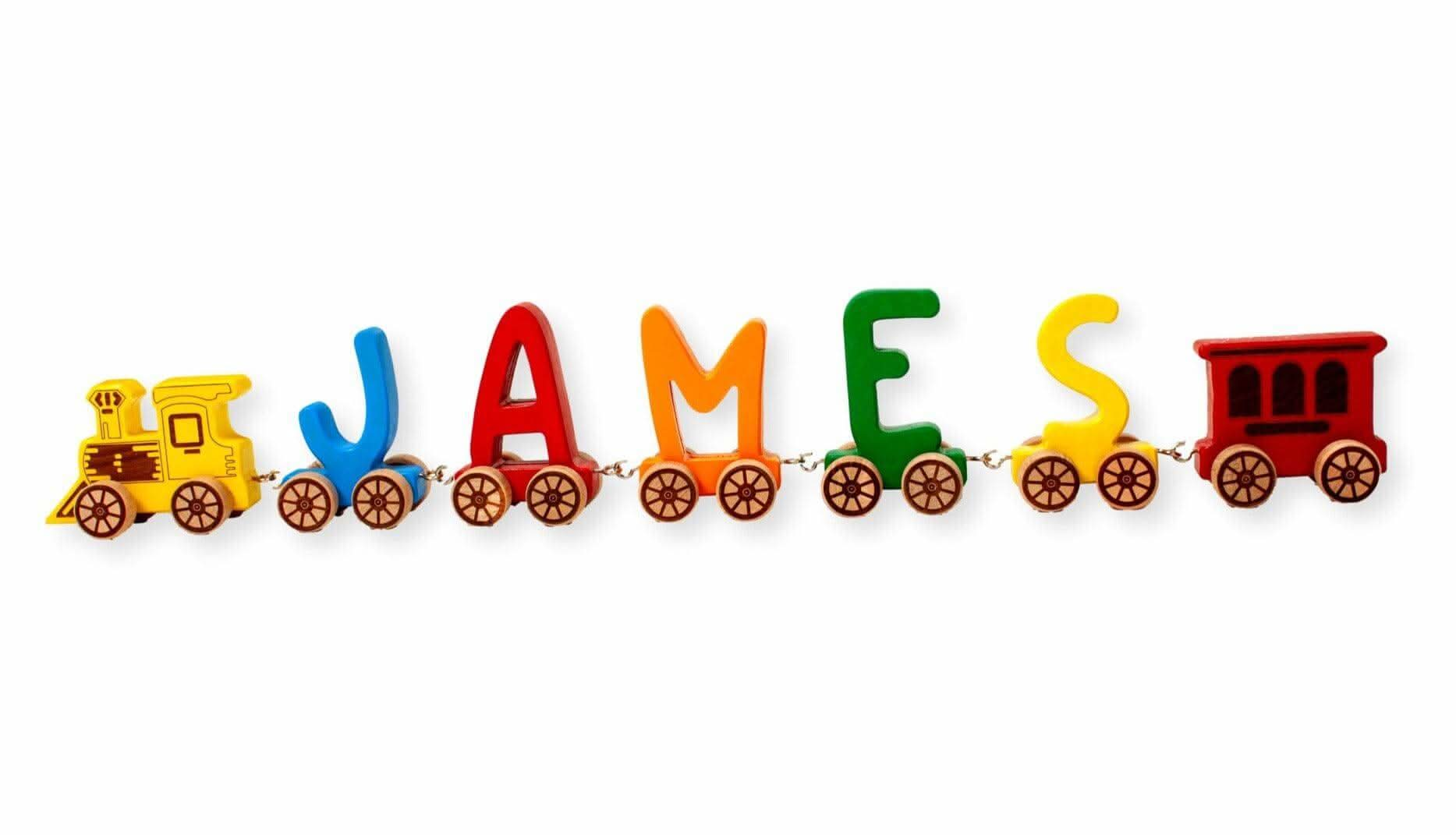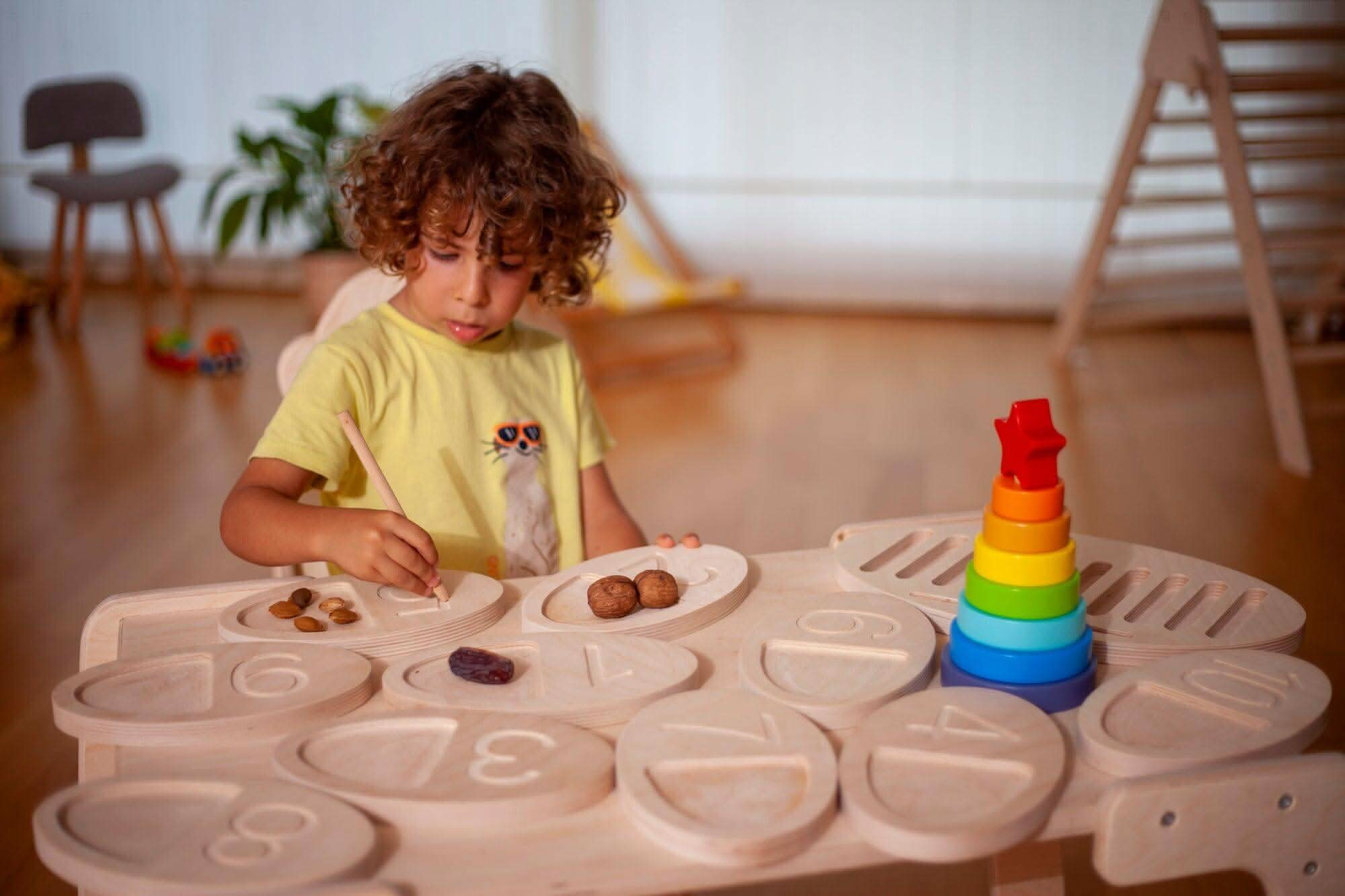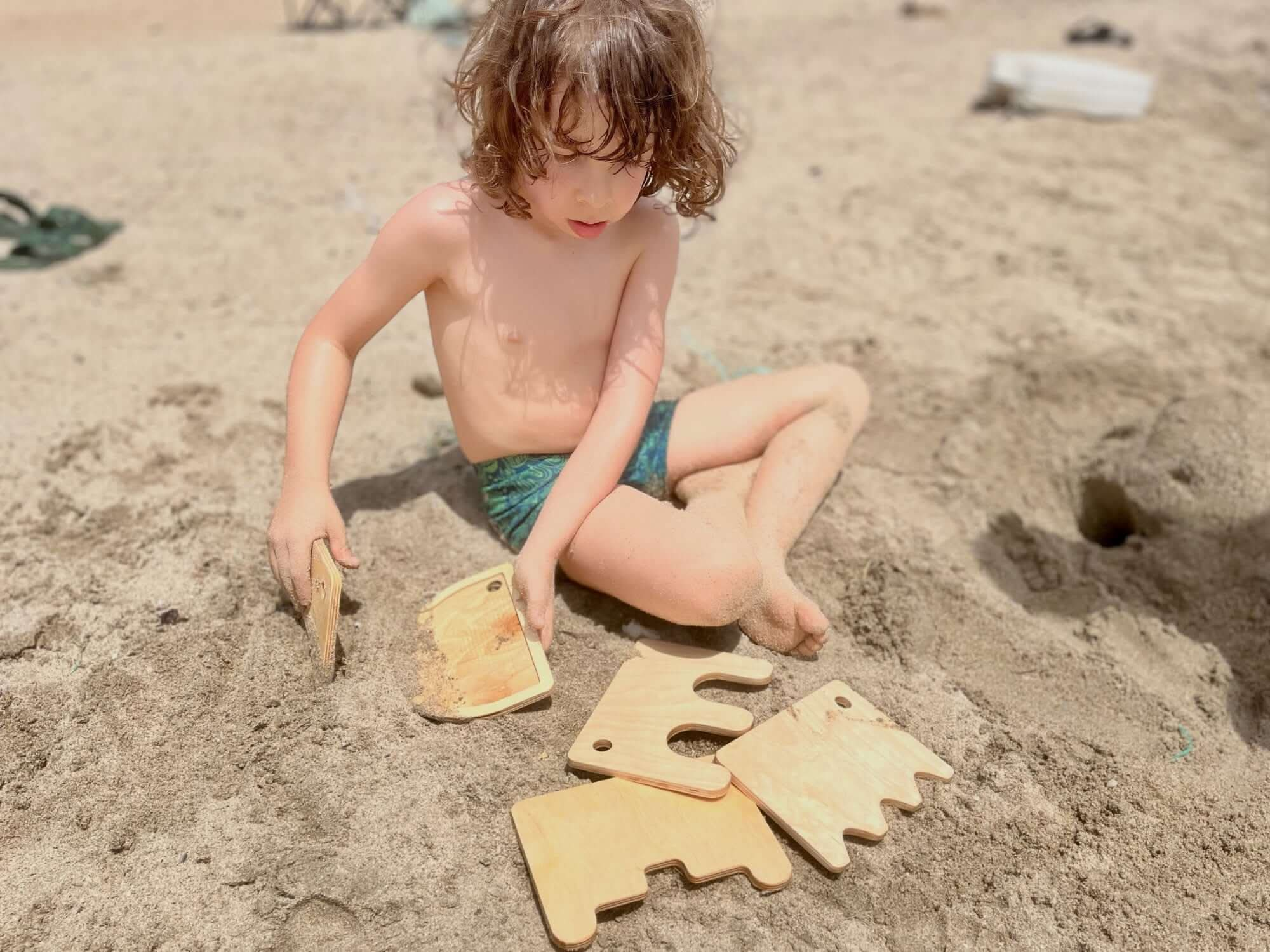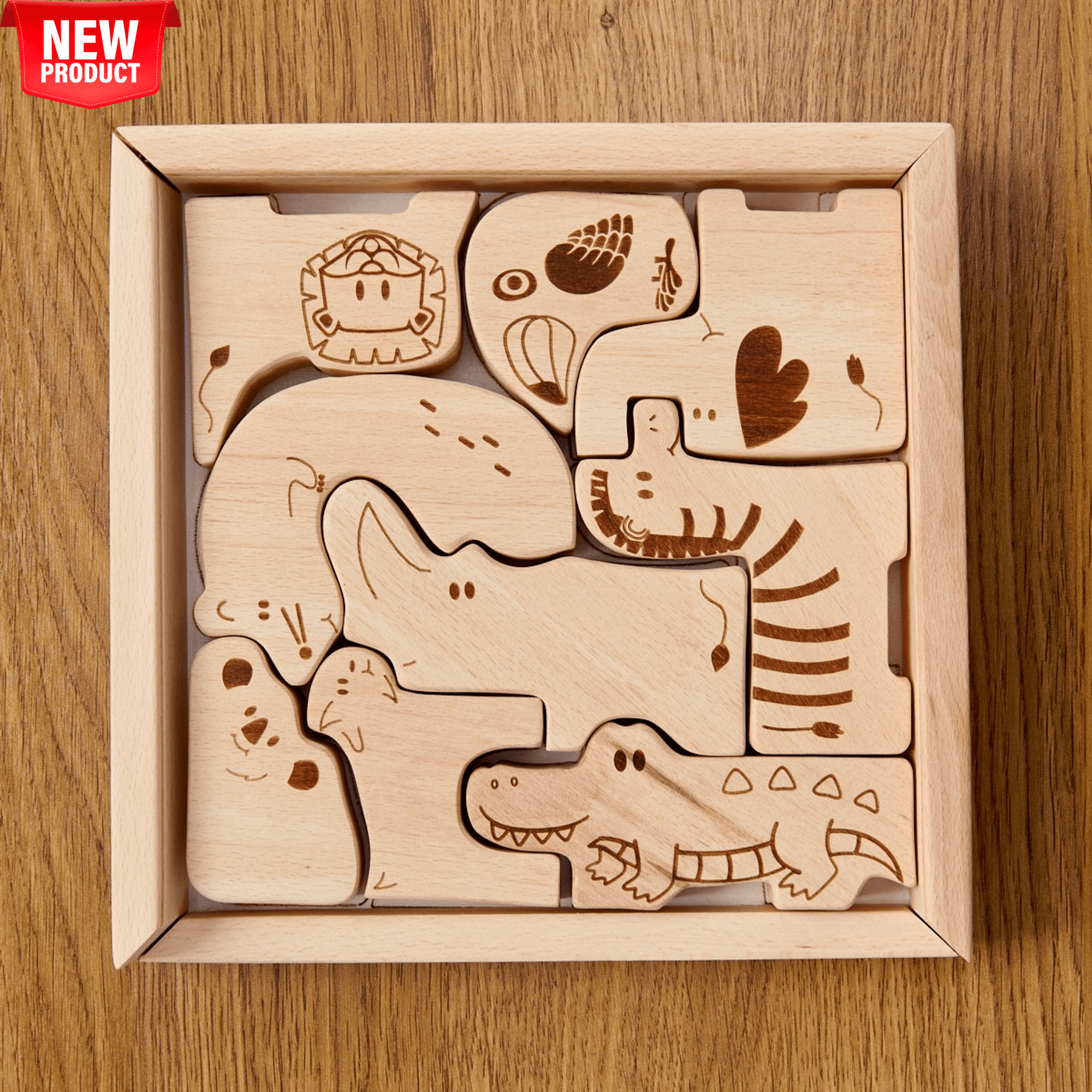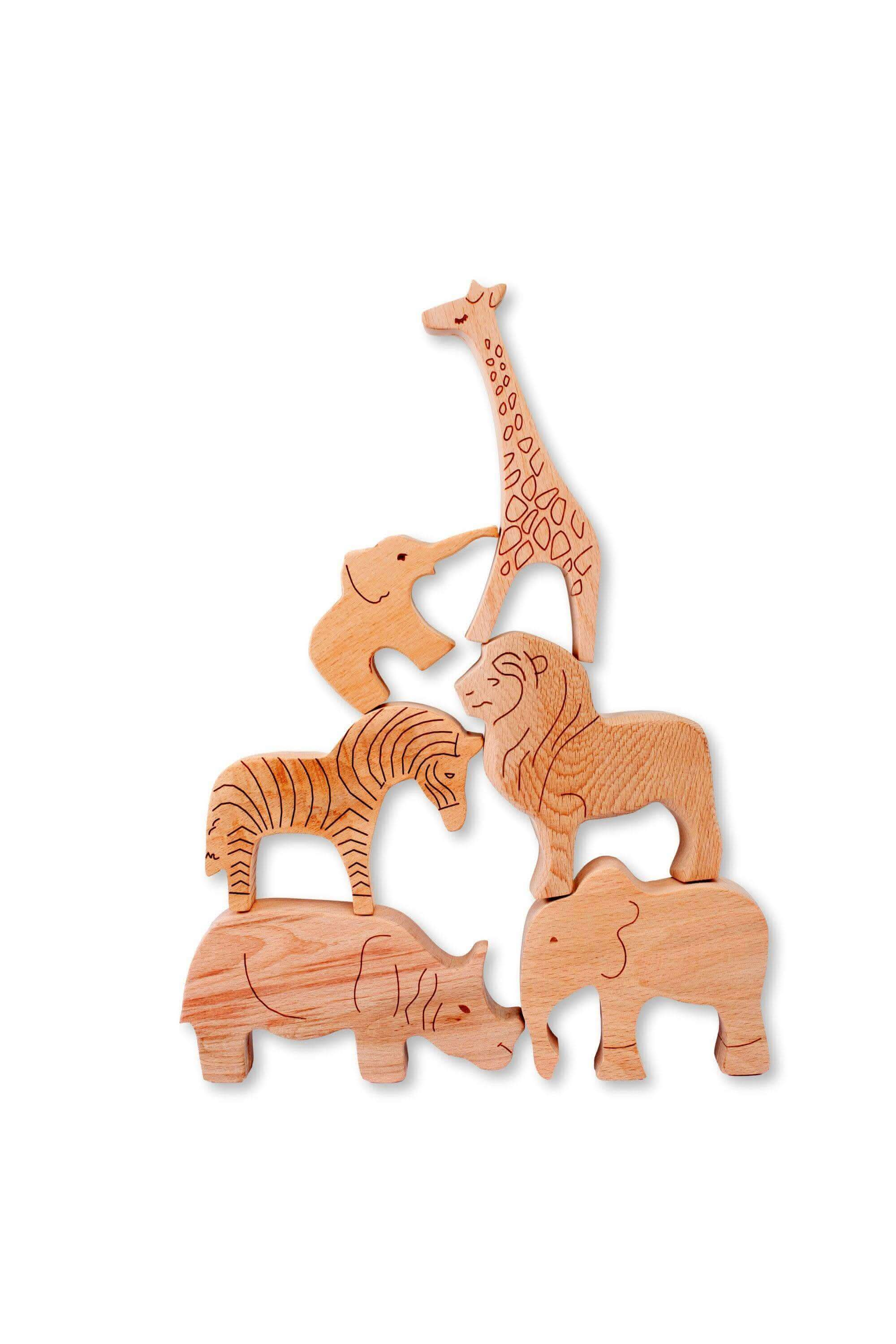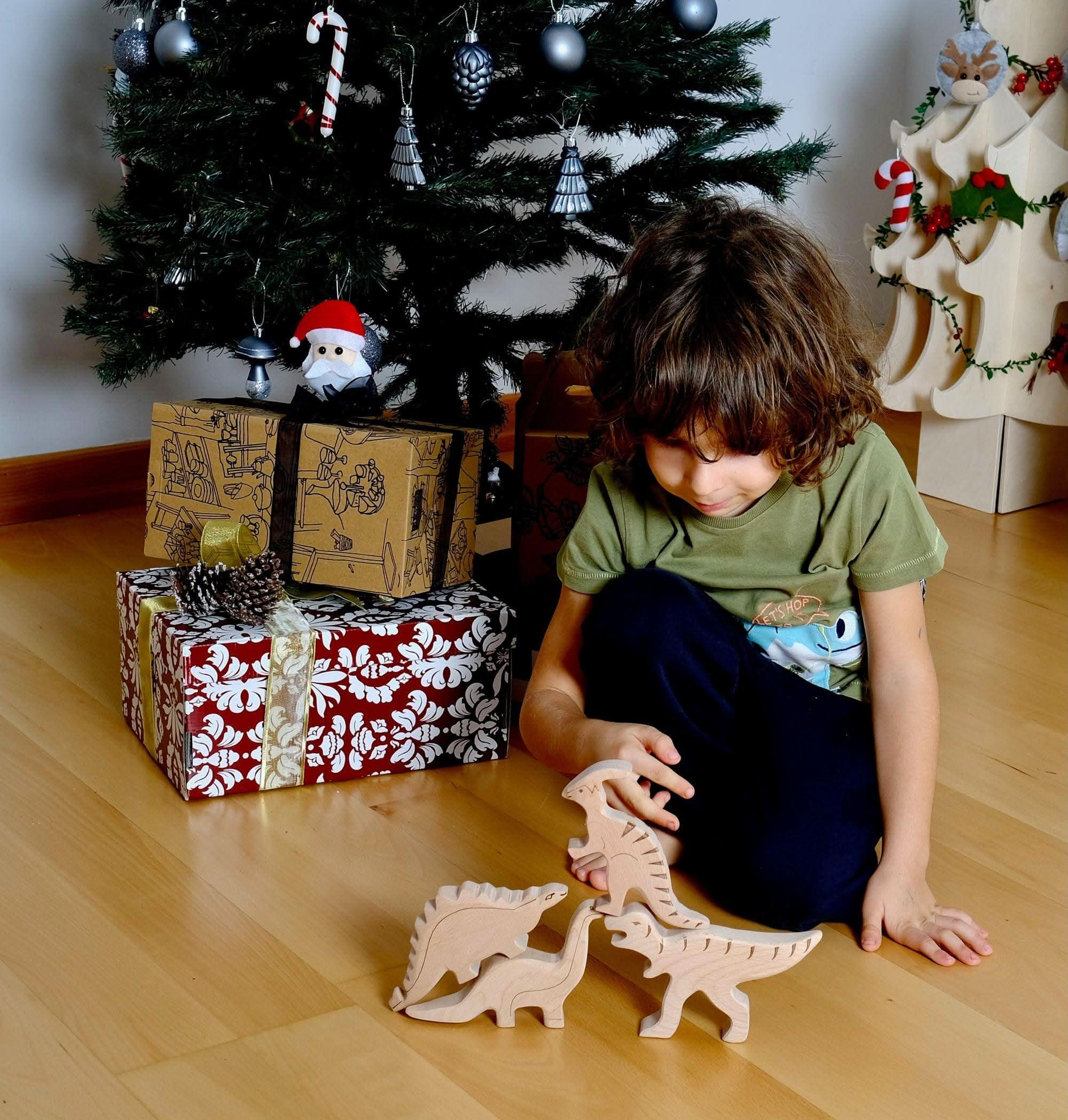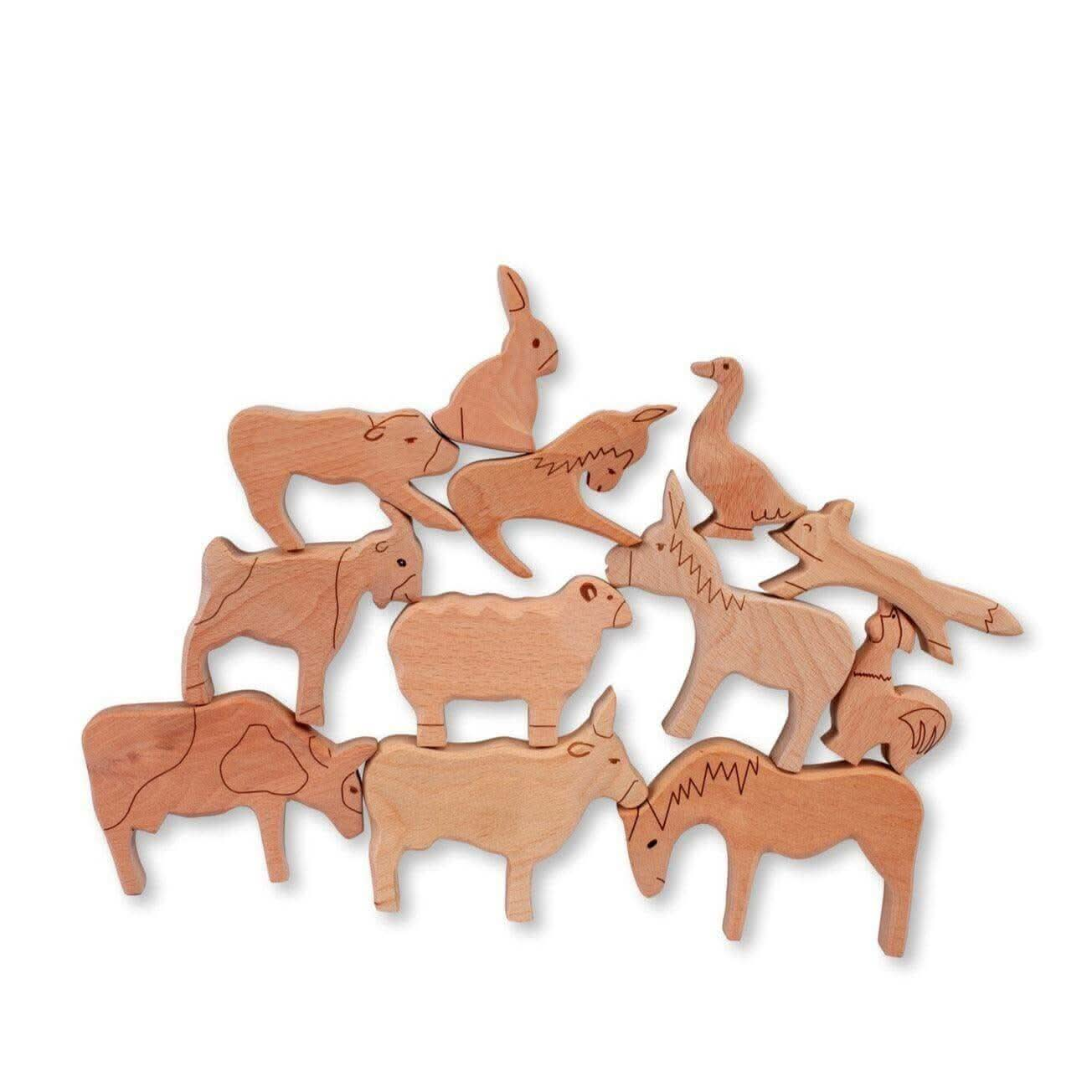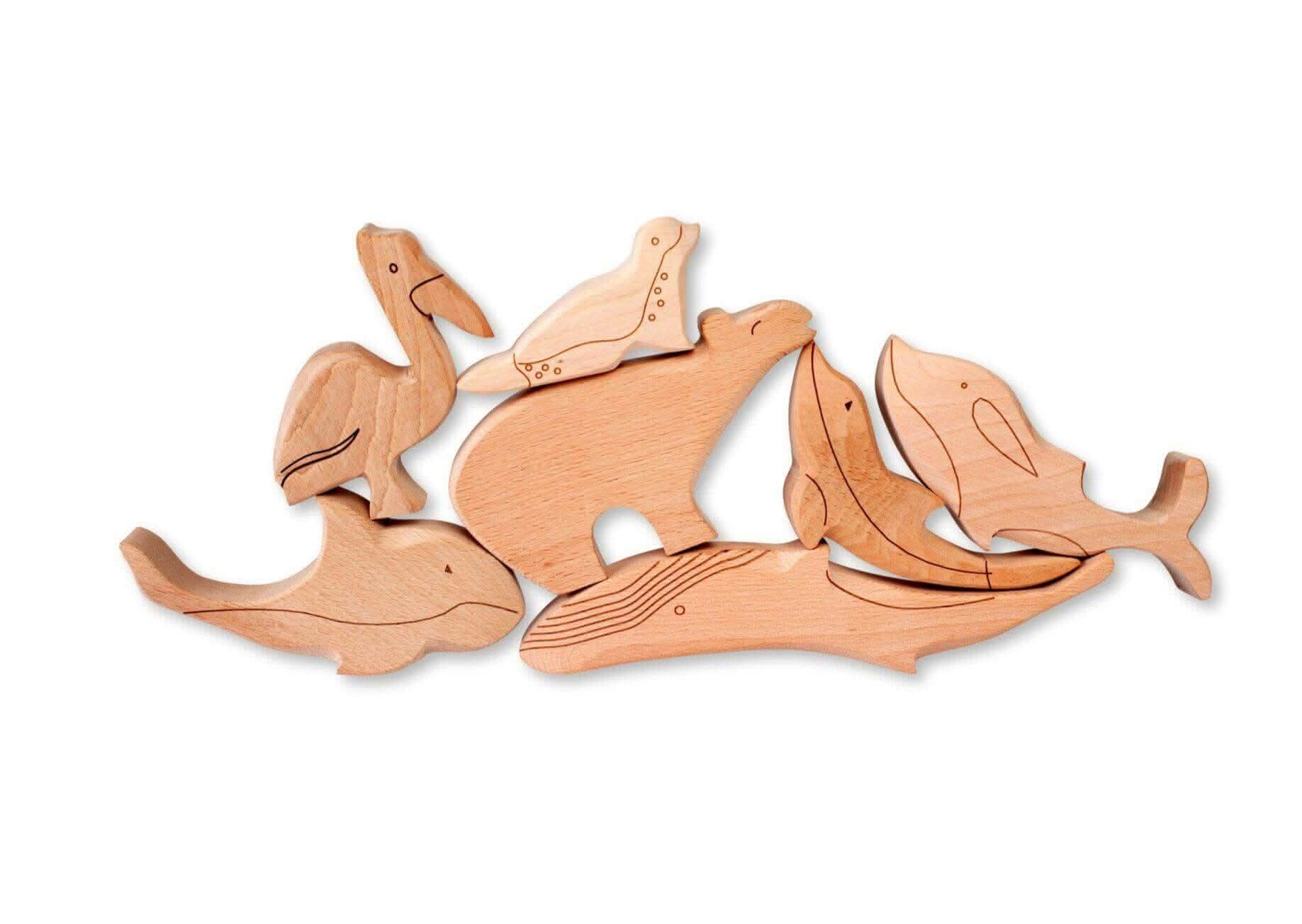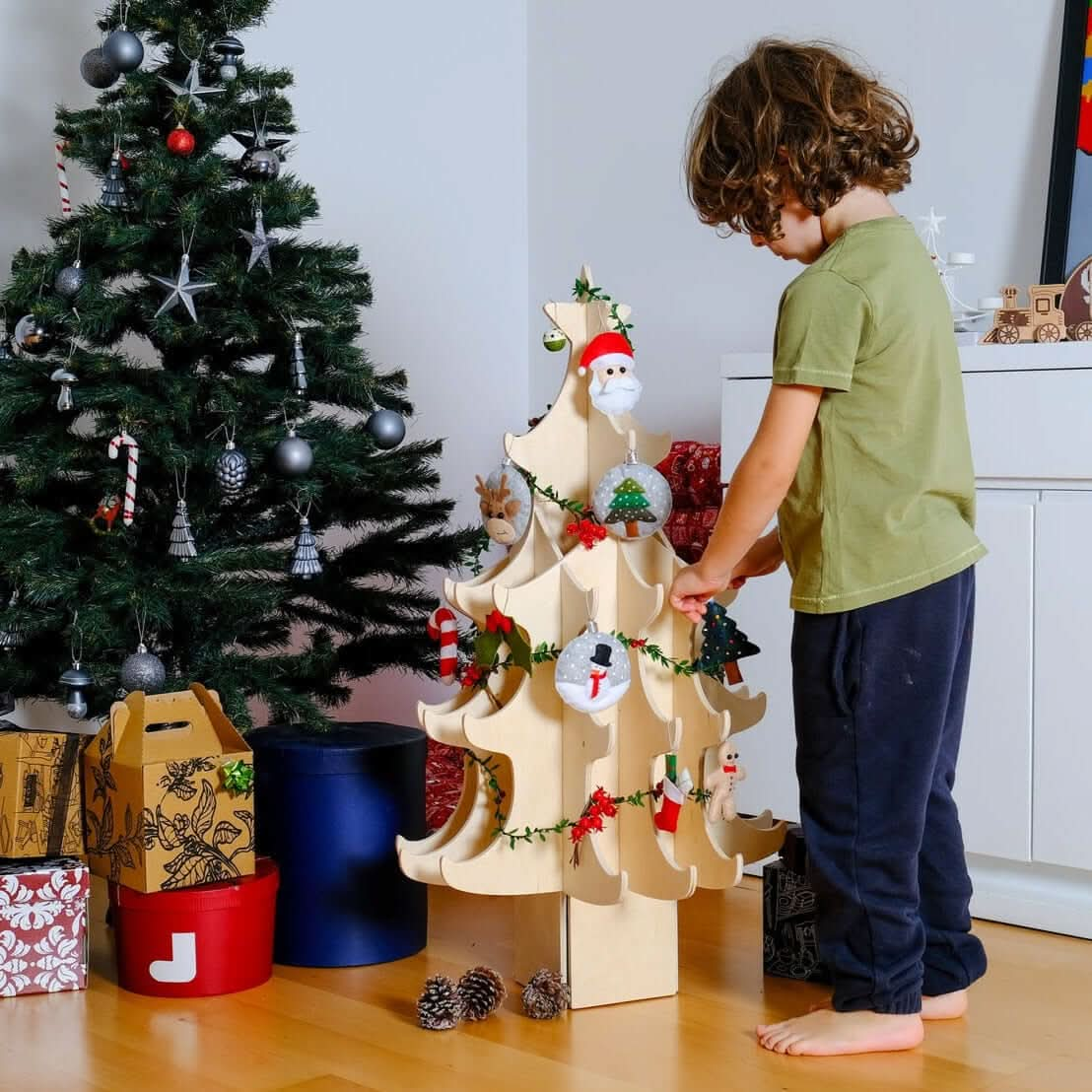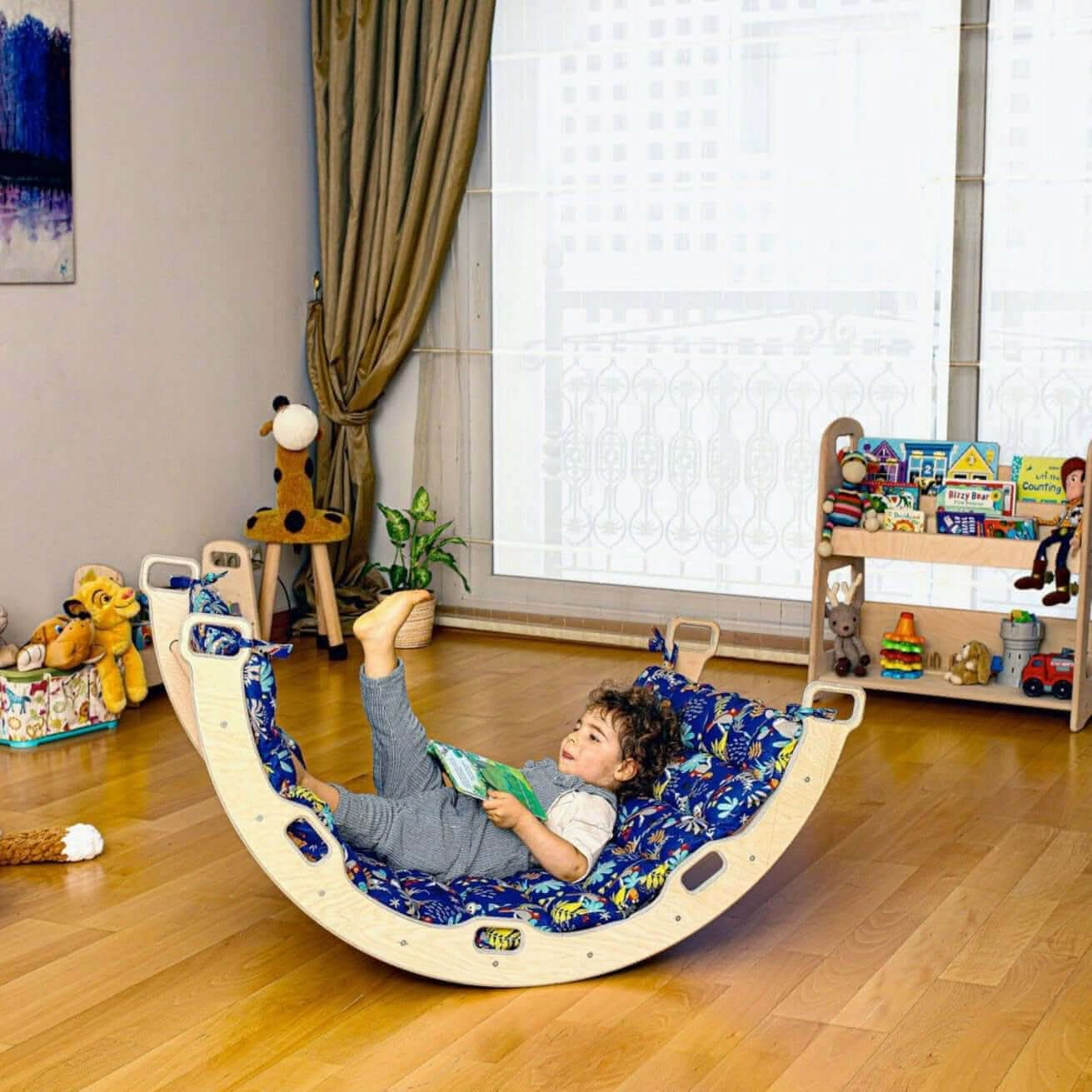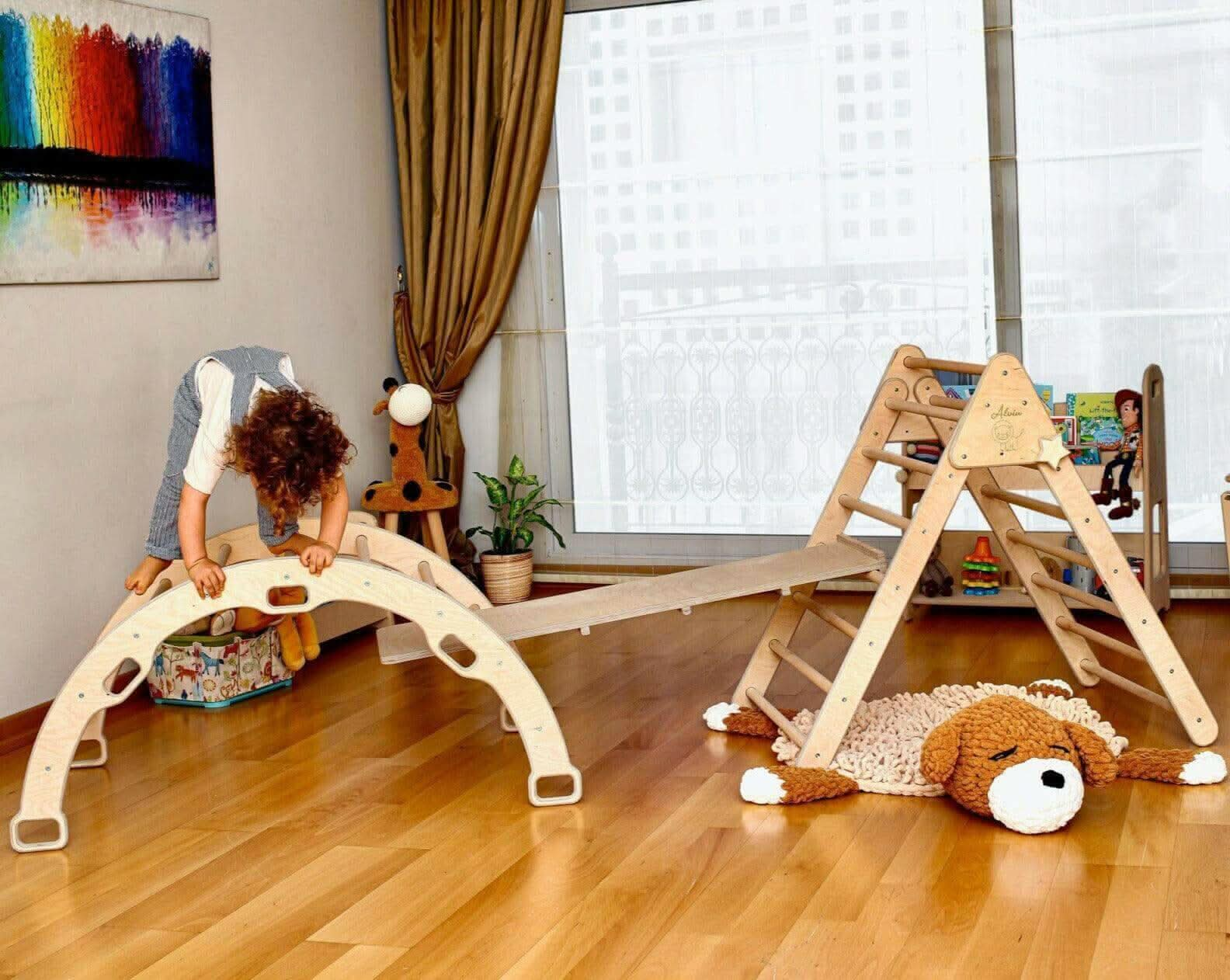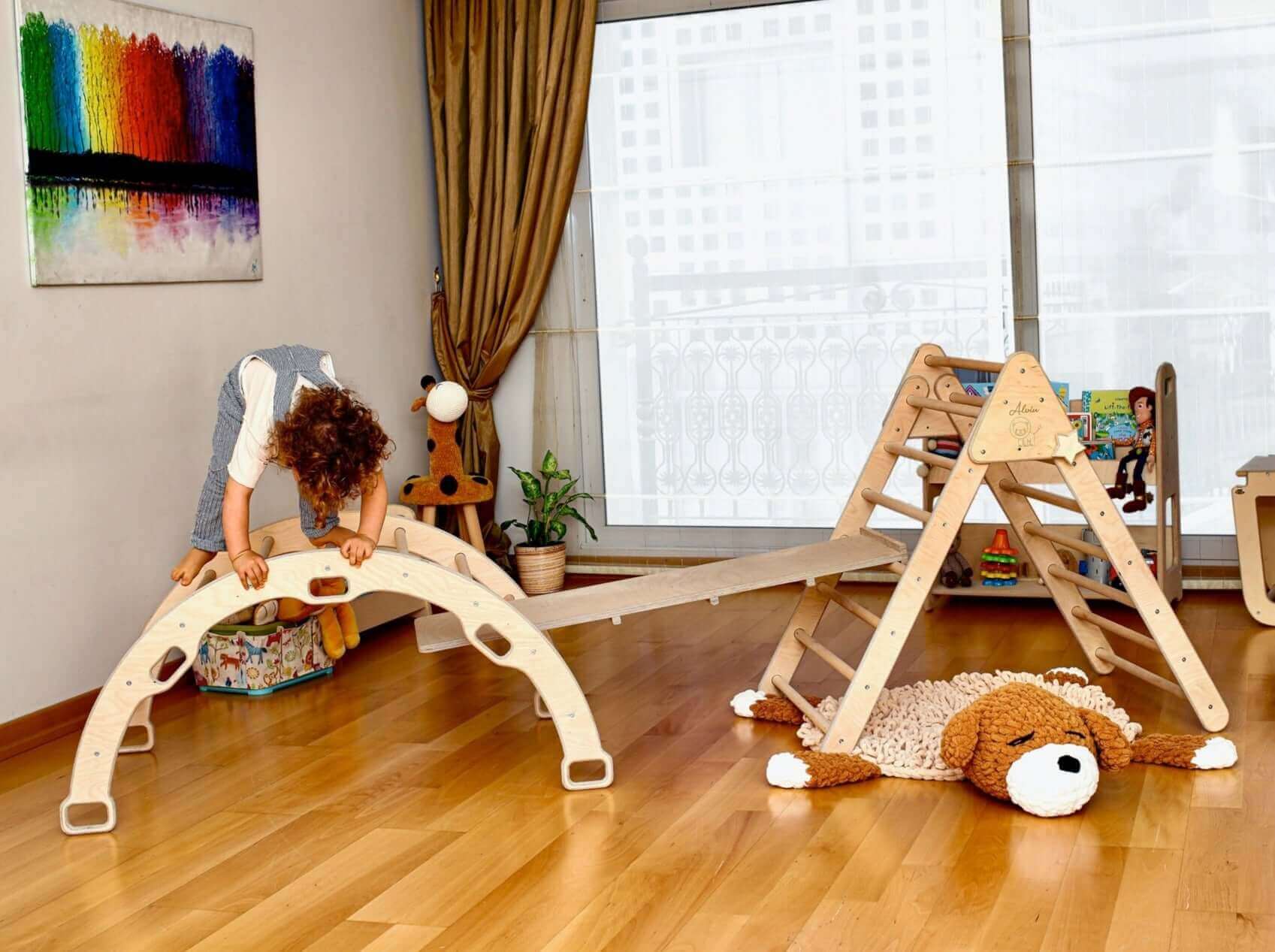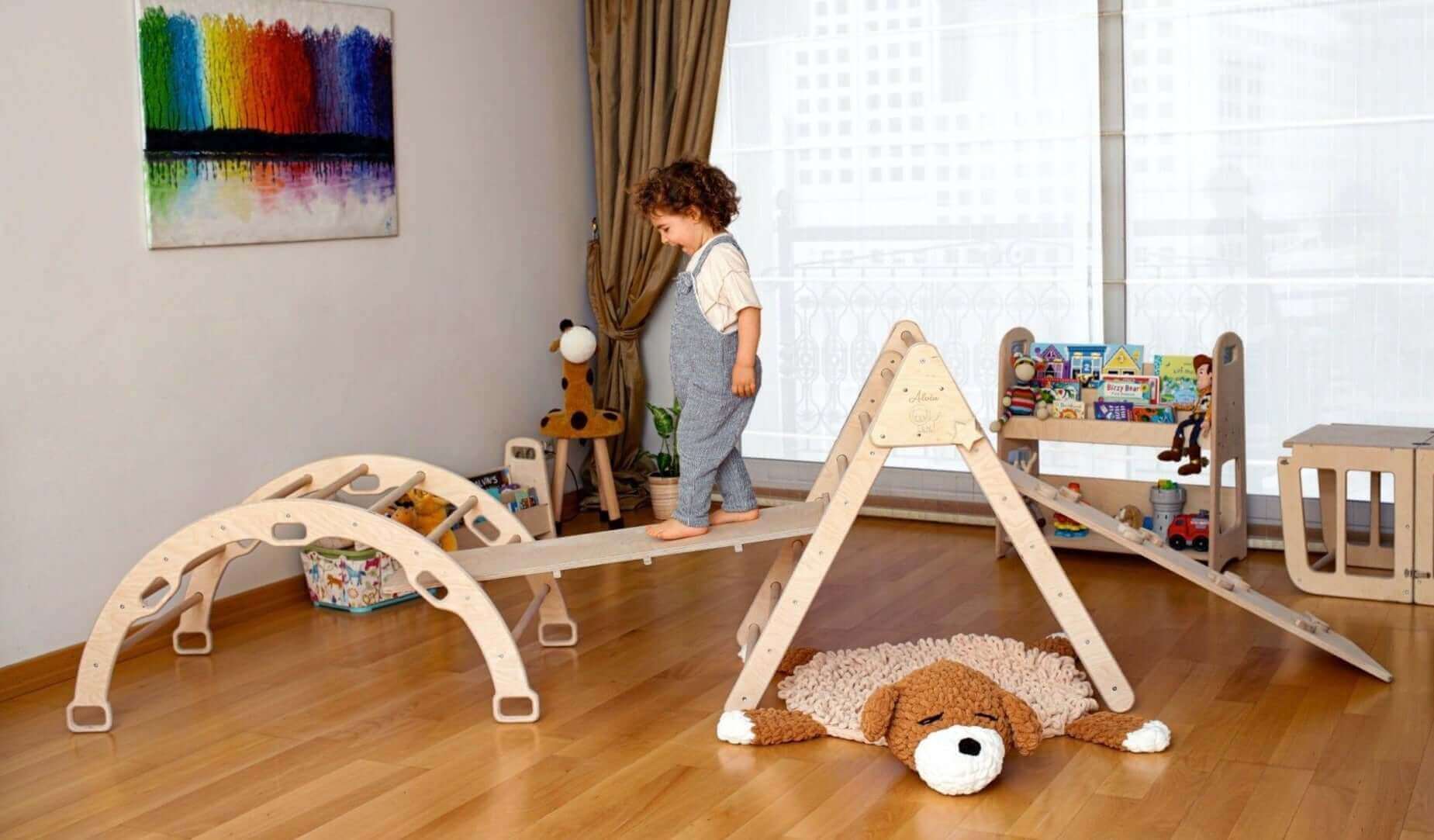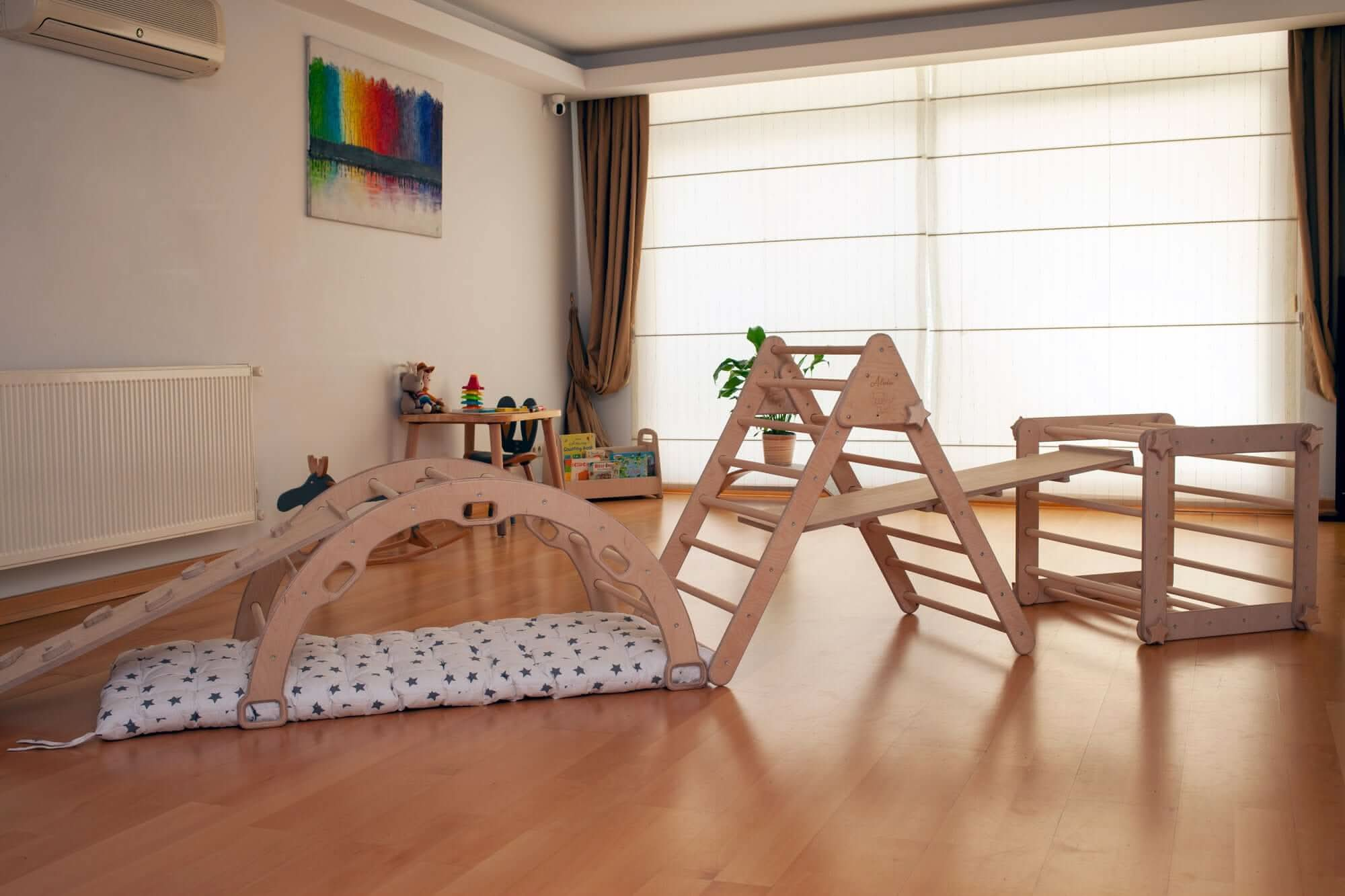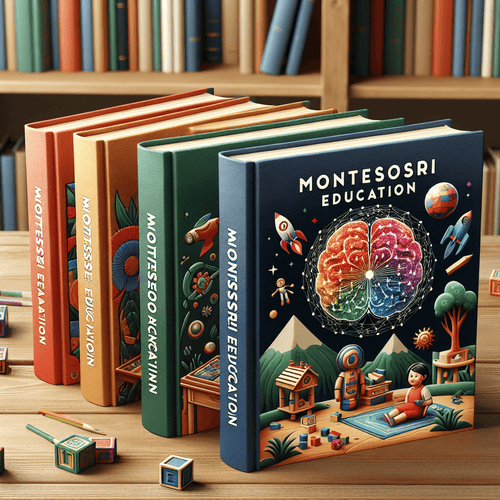
· By halit burak capraz
5 Must-Read Montessori Books for Parents Raising Independent Learners
5 Must-Read Montessori Books for Parents Raising Independent Learners Raising independent learners is no small feat—it requires a mix of patience, creativity, and the right resources. One of the most powerful tools in your parenting arsenal is the right book. Montessori philosophy embraces the idea that children learn best when they're given choices and opportunities to explore their interests. But which books should you dive into first? Here are five must-reads that will not only inspire you but also empower your little ones to take charge of their own learning journey.
-
The Absorbent Mind by3> This classic work by the founder of the Montessori method explores how children absorb knowledge from their environment during their early years. Maria Montessori emphasizes respect for a child’s natural development and suggests practical ways to foster independence. It's a foundational read for any parent looking to understand how to set up an enriching environment for learning.
-
How to Raise an Independent Child by Jessica Joelle Alexander & Jeremie Bouchard A popular modern guide, this book provides actionable strategies for parents who want to nurture independence in their kids. It covers everything from practical life skills furniture for kids, like a Montessori climbing structure, to ways to encourage open-ended play with balance toys. Explore balance toys here.
-
The Montessori Method by Maria Montessori Another essential by Dr. Montessori herself, this book gives insight into her groundbreaking educational philosophy and offers practical advice on creating a nurturing environment at home—one that could include items like a learning tower toddler, or a well-organized Montessori-inspired bookshelf. Discover Montessori bookshelves here. It's crucial reading if you're serious about integrating Montessori principles into daily life.
-
No Bad Kids: Toddler Discipline Without Shame by Janet Lansbury This book focuses on respectful parenting techniques that encourage autonomy while maintaining healthy boundaries. Lansbury’s approach aligns perfectly with Montessori values, as she encourages parents to let toddlers explore safely and independently—think of providing them with eco-friendly toddler furniture and safe climbing structures! Check out the foldable Pikler triangle set.
-
The Whole-Brain Child by Daniel J. Siegel & Tina Payne Bryson This book delves into child development from a neuroscience perspective and offers strategies for fostering emotional intelligence alongside cognitive growth—invaluable as your little ones tackle challenges with items like the Pikler triangle or other wooden play structures for kids. Explore Pikler triangle sets here.
Each of these books offers unique insights and actionable strategies that can help you raise confident, independent learners ready to explore their world—and perhaps even climb it! Remember, investing time in reading not only benefits you but also sets the stage for your child's lifelong love of learning.
"The greatest gifts we can give our children are the roots of responsibility and the wings of independence." – Maria Montessori
"The Absorbent Mind" by Maria Montessori In "The Absorbent Mind," Maria Montessori reveals the magic of childhood learning. This book is like a treasure map guiding parents towards understanding how incredibly capable young minds are! Montessori emphasizes that the first six years of life are pivotal; children are like sponges, soaking up knowledge from every experience.
The Power of Early Learning Montessori introduces the concept of the absorbent mind, where children effortlessly gather information and skills from their surroundings. This means that your home environment plays a significant role in shaping their learning experiences.
Create a Rich Environment: Fill your space with Montessori furniture for kids, open-ended toys, and sensory-rich experiences. Imagine a cozy nook with a Montessori-inspired bookshelf brimming with engaging books! Find Montessori bookshelves here. Encourage Independence: Offer tools like a learning tower toddler. This allows them to explore cooking or washing hands at counter height, fostering their independence. Check out the 2-in-1 Montessori learning tower desk. Embrace Exploration: Provide opportunities for movement and balance with items like a wooden balance board or balance toys. These encourage gross motor skills while letting kids engage in fun, active play. Explore balance toys here. Cultivating Observation Skills Montessori also encourages parents to be keen observers. By watching how your child interacts with different activities, you can better understand their interests and developmental needs. For example:
If they gravitate towards climbing, consider introducing a Pikler triangle set. It can transform any space into an adventurous playground! Check out Pikler triangle sets here. If they enjoy building, incorporate wooden play structures for kids that promote creativity and dexterity. "Our goal is not so much to see the child as a teacher but as an explorer." – Maria Montessori
The insights from "The Absorbent Mind" will empower you to cultivate an enriching learning environment that encourages self-directed exploration. By embracing Montessori principles, you’re not just raising independent learners; you're nurturing curious minds ready to tackle the world—one balanced step at a time!
"Montessori from the Start" by Paula Polk Lillard and Lynn Lillard Jessen In "Montessori from the Start," Paula Polk Lillard and Lynn Lillard Jessen provide a brilliant roadmap for parents keen on nurturing independence in their little ones. This book is like your personal GPS for guiding children through their formative years, focusing on the beauty of child-led learning.
Embracing the Montessori Philosophy The authors lay out practical strategies rooted in Montessori principles, emphasizing how important it is to create an environment that supports exploration. Want to turn your home into a wonderland of discovery? Here’s how:
Set Up a Learning-Friendly Space: A well-organized Montessori-inspired bookshelf makes books and materials easily accessible, inviting children to choose what they want to explore. Imagine the joy of seeing them pick up a book on their own—pure magic! Discover Montessori bookshelves here. Choose Developmentally Appropriate Tools: Equip your home with essential items such as a learning tower toddler or a toddler learning stool. These not only promote independence but also allow them to engage in everyday tasks without needing constant adult supervision. Check out the 2-in-1 Montessori learning tower desk. A Practical Life Approach Lillard and Jessen stress the importance of practical life skills as foundational elements in Montessori education. Children learn best through hands-on experiences that foster responsibility. Check out these suggestions:
Encourage Real Tasks: Involve your toddlers in cooking or gardening activities. The use of safe kitchen tools or wooden balance board enhances gross motor skills while providing a sense of achievement. Explore balance toys here. Provide Open-Ended Play Options: Incorporate toys like the Pikler triangle set, allowing for creative climbing and exploration—a fantastic way to develop physical coordination! Check out Pikler triangle sets here. The Joy of Observation "Montessori from the Start" emphasizes observation as a key tool for understanding your child's needs and interests. By taking note of what captivates their attention, you can tailor learning experiences effectively. For instance:
If they show excitement around balancing games, introducing toddler balance toys can make playtime both fun and educational! Discover balance toys here. If constructing captivates them, consider adding wooden play structures for kids that challenge their building skills while promoting teamwork. "The goal of early childhood education should be to activate the child's own natural desire to learn." – Maria Montessori
This book not only equips you with knowledge but also inspires you to take action! By implementing the strategies outlined in "Montessori from the Start," you're not just creating independent learners—you're empowering explorers who approach life with curiosity and confidence.
"How to Raise an Amazing Child the Montessori Way" by Tim Seldin In "How to Raise an Amazing Child the Montessori Way," Tim Seldin takes you on a journey through the fundamentals of Montessori education, all while giving you practical advice that feels realistic and achievable. This book is like a trusted friend guiding you through the sometimes chaotic world of parenting, ensuring your little one is set up for success.
The Importance of Child-Centered Learning Seldin emphasizes the significance of child-led learning in this enlightening read. He explains how by allowing children to take charge of their education, they develop not only independence but also a genuine love for learning. Here’s how you can implement these ideas at home:
Create a Nurturing Space: Your home should be a haven of learning! Consider setting up areas with Montessori furniture for kids, such as an inviting Montessori-inspired bookshelf filled with engaging books. When kids can see and choose their materials, they naturally gravitate toward learning. Find Montessori bookshelves here. Foster Independence: Equip your space with tools that empower your child, like a learning tower toddler. This allows them to participate in family activities such as cooking or cleaning without needing constant adult assistance. Check out the 2-in-1 Montessori learning tower desk. The Role of Play in Learning One key takeaway from Seldin's work is the importance of play as an educational tool. He encourages parents to provide open-ended play equipment that promotes creativity and physical development. Think about these enriching options:
Active Play Equipment: Incorporate items like a wooden balance board or toddler balance toys into your play area. These not only enhance motor skills but also allow children to explore balance and coordination in a fun way. Explore balance toys here. Pikler Triangle Set: Providing climbing structures like a Pikler triangle gives children the opportunity to climb, slide, and develop their gross motor skills while they play—after all, who wouldn’t want to be an explorer in their own living room? Check out Pikler triangle sets here. Observing and Responding Seldin highlights the critical role unique needs and interests. By being attentive, you can tailor experiences that cater specifically to them:
If your child shows fascination with building things, consider adding wooden play structures for kids that promote creative construction and collaboration. If they prefer quieter activities, curate sensory-rich experiences with tools like practical life skills furniture designed for toddlers, enhancing their focus while fostering independence. "A child's work is to create the man he will become." – Maria Montessori
This enlightening read arms you with knowledge and specific steps to create an environment where your child thrives independently. With guidance from Tim Seldin's experience and insights into Montessori education, you're on your way to raising not just amazing children but confident lifelong learners ready to tackle whatever life throws their way!
"The Joyful Child: Montessori, Global Wisdom for Birth to Three" by Susan Mayclin Stephenson In "The Joyful Child," Susan Mayclin Stephenson takes you on a delightful journey through the early years of childhood, showcasing how the Montessori approach can set the foundation for lifelong learning. This book is essentially a love letter to independence and discovery, urging parents to recognize the incredible potential within their little ones.
The Essence of Joyful Learning Stephenson emphasizes that children are naturally eager to explore their environment. The key lies in providing them with the right tools and space to do so. Here’s how you can create that joyful atmosphere:
Design a Child-Centric Space: Utilize Montessori furniture for kids, such as Montessori-inspired bookshelves, allowing children easy access to books and materials. Imagine their excitement as they pick out their favorite stories—pure joy! Discover Montessori bookshelves here. Incorporate Active Play: Introduce stimulating items like a learning tower toddler or a Pikler triangle set. These pieces not only encourage exploration but also help develop essential motor skills through fun activities. Check out Pikler triangle sets here. The Importance of Movement Movement is vital in Montessori philosophy, and Stephenson brilliantly highlights how physical activity enhances cognitive development. Here’s how you can promote movement in your child’s routine:
Balance Board Adventures: Equip your home with a wooden balance board or toddler balance toys that challenge their coordination while offering endless entertainment. Watch as they joyfully wobble and balance—who knew being clumsy could be so much fun? Explore balance toys here. Pikler Triangle for Exploration: A well-designed Pikler triangle becomes an exciting climbing apparatus that invites children to test their limits while developing confidence in their physical abilities. Check out Pikler triangle sets here. Nurturing Independence Through Practical Life Skills This book also delves into practical life skills that foster independence. Engaging children in everyday tasks helps them feel competent and confident. Consider these ideas:
Culinary Adventures: Involve your little ones in cooking by providing tools suited for their size, like eco-friendly toddler furniture designed for kitchen tasks. It’s amazing what they can whip up (even if it’s just some creative chaos)! Check out the 2-in-1 Montessori learning tower desk. Encourage Self-Care Routines: Equip them with tools such as a toddler learning stool to reach the sink or bathroom counter, empowering them to handle personal hygiene independently. "Every child is born with great potential; it's our job as parents to nurture it." – Susan Mayclin Stephenson
"The Joyful Child" is not just an educational book; it's an invitation to celebrate each developmental milestone your child achieves. By embracing the insights offered by Stephenson, you’ll cultivate an atmosphere of exploration and joy—one where independence flourishes and curious minds thrive!
"Teaching Montessori in the Home: The Pre-School Years" by Elizabeth G. Hainstock In "Teaching Montessori in the Home: The Pre-School Years," Elizabeth G. Hainstock provides a practical guide for parents eager to implement Montessori principles at home. This book is like having a personal coach cheering you on as you create an environment that fosters independence and curiosity in your little ones.
Building the Right Environment Hainstock emphasizes the importance of creating a supportive space where children can thrive. Here’s how to set up your home for success:
Montessori Furniture: Invest in Montessori furniture for kids that’s child-sized, like a learning tower toddler. These pieces empower children to engage actively with their environment, making daily tasks more accessible and fun. Check out the 2-in-1 Montessori learning tower desk. Encourage Exploration: Set up areas with open-ended play options, including items like a Pikler triangle set and wooden balance board. This allows children to develop gross motor skills while climbing, sliding, and discovering their physical abilities. Explore balance toys here. The Power of Observation A key tenet of Montessori education is observation. By paying close attention to your child's interests and behaviors, you can tailor experiences that nurture their natural curiosity. For instance:
If they show excitement when reading, ensure that you have a well-organized Montessori-inspired bookshelf. A cozy reading nook filled with engaging books can work wonders in igniting their love for stories! Discover Montessori bookshelves here. If they’re drawn to building or engineering concepts, consider introducing

